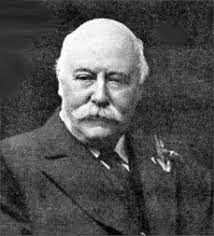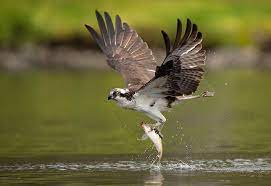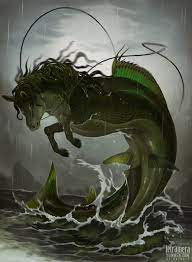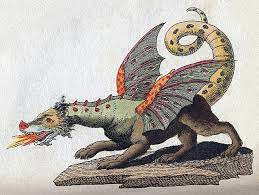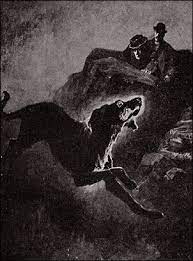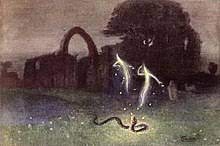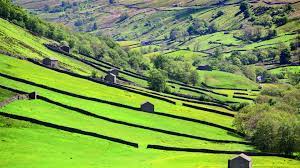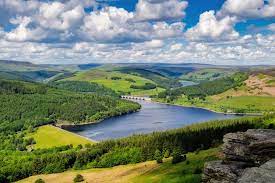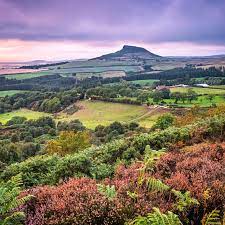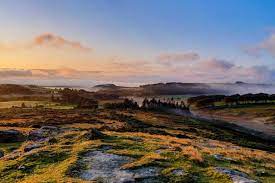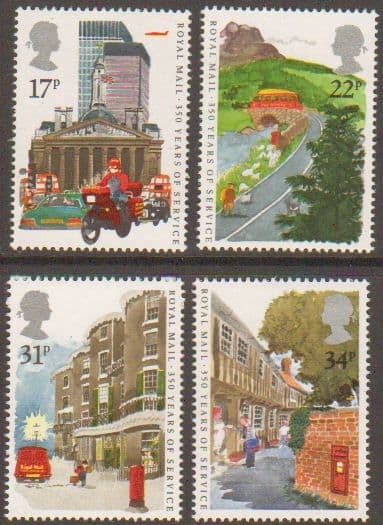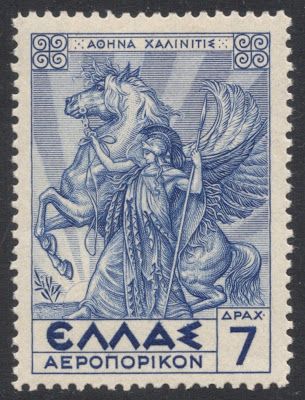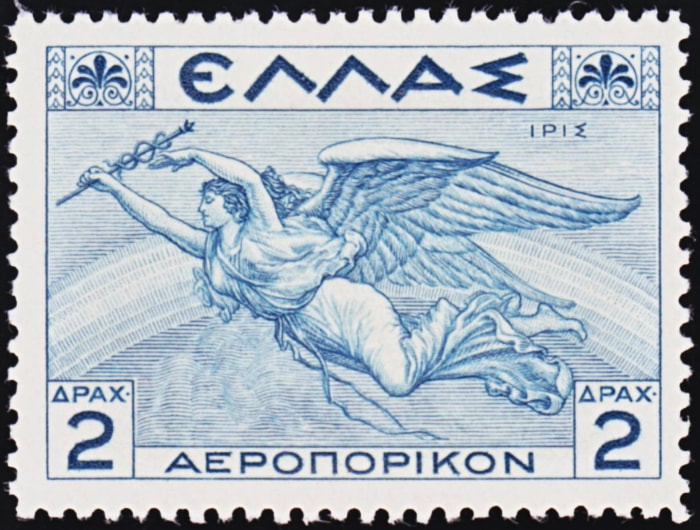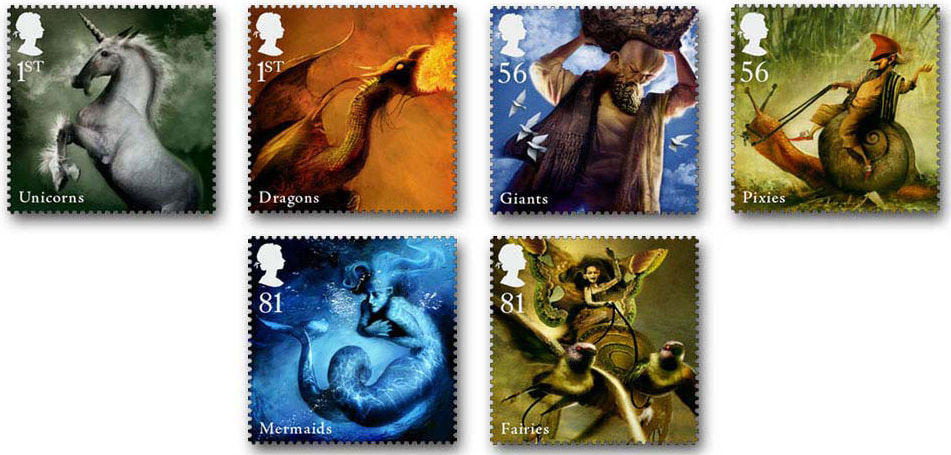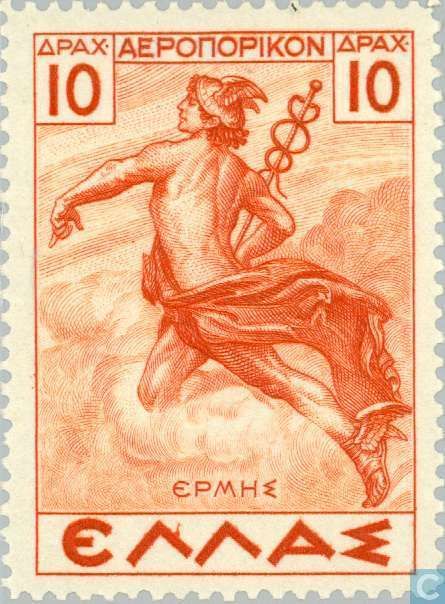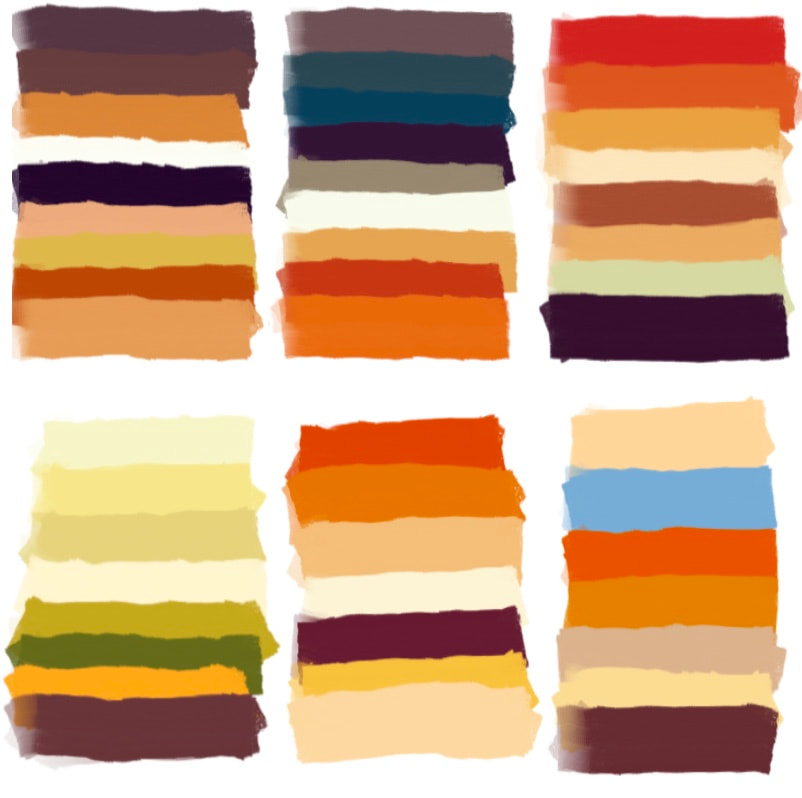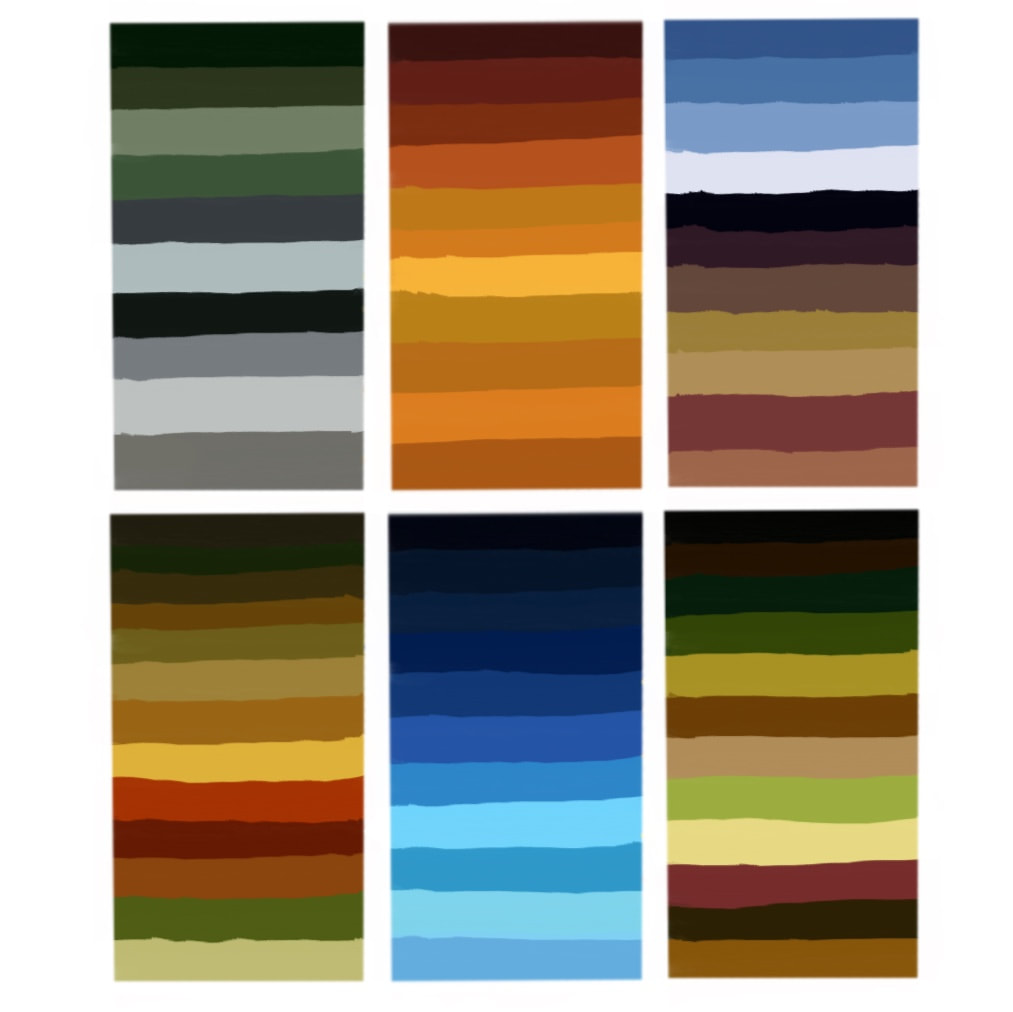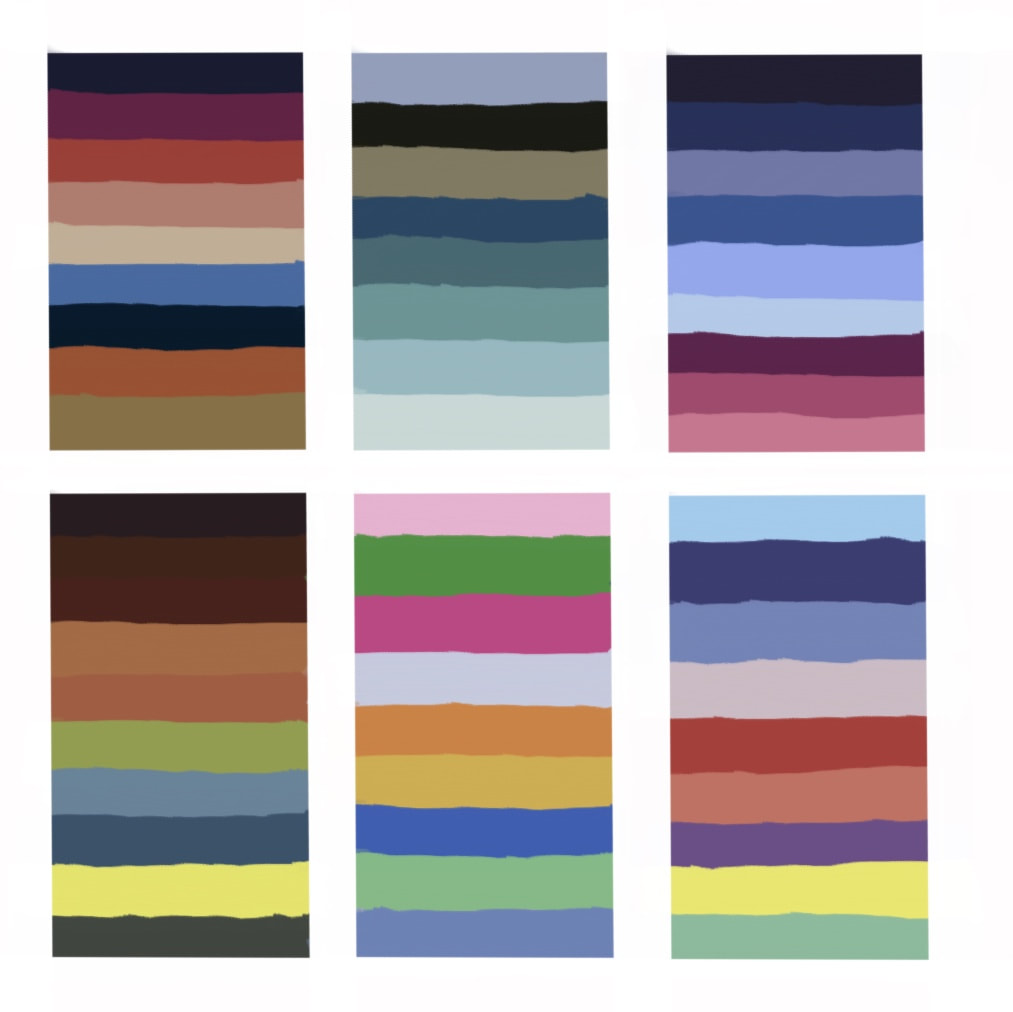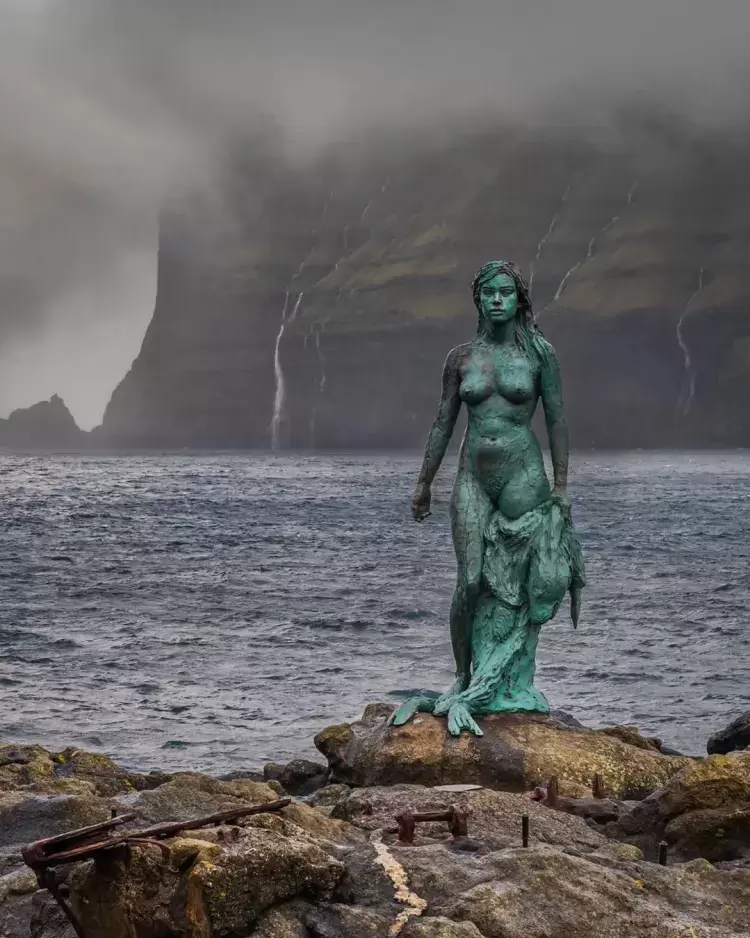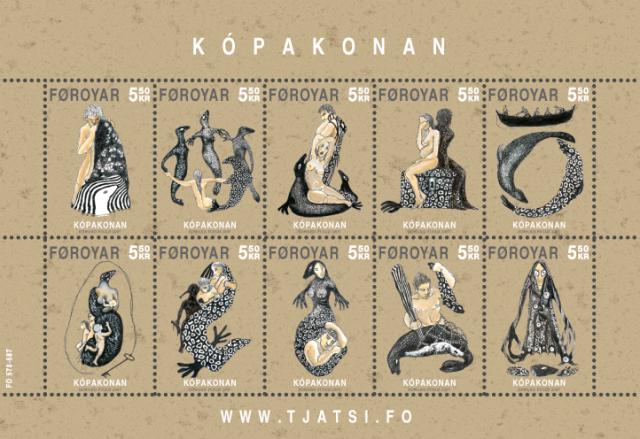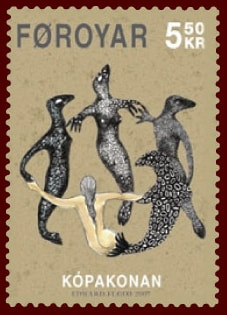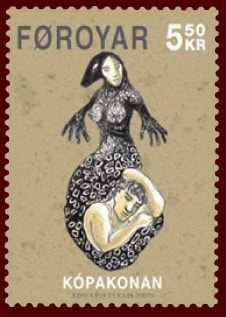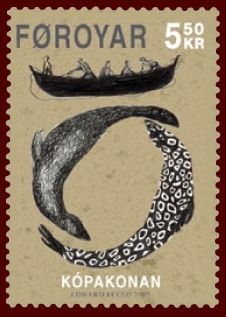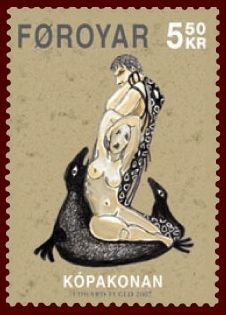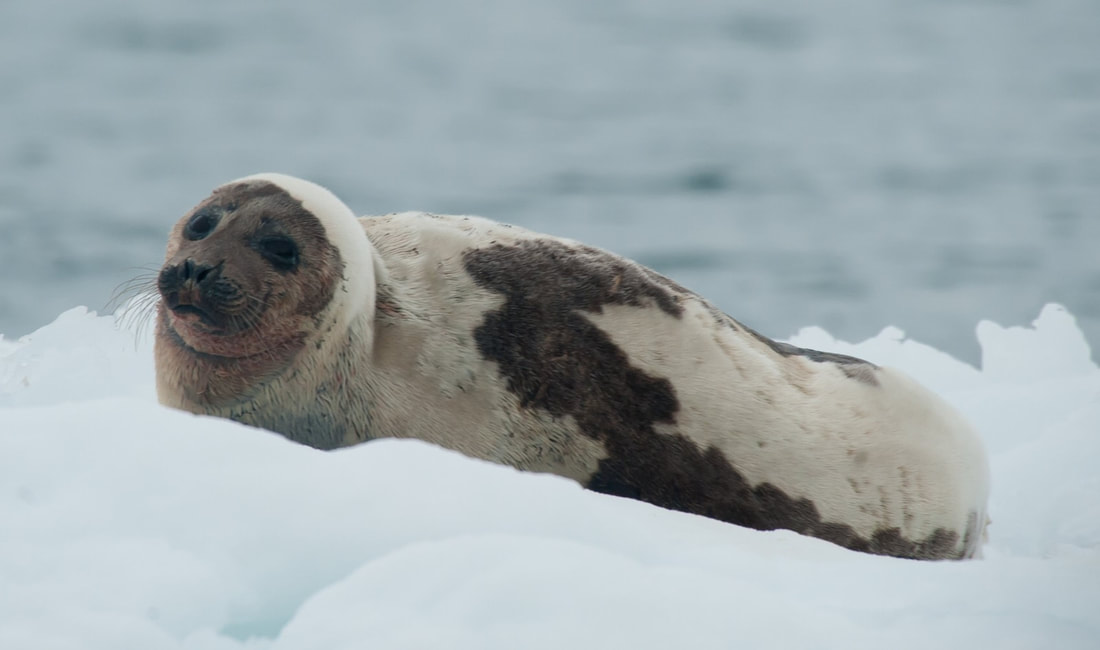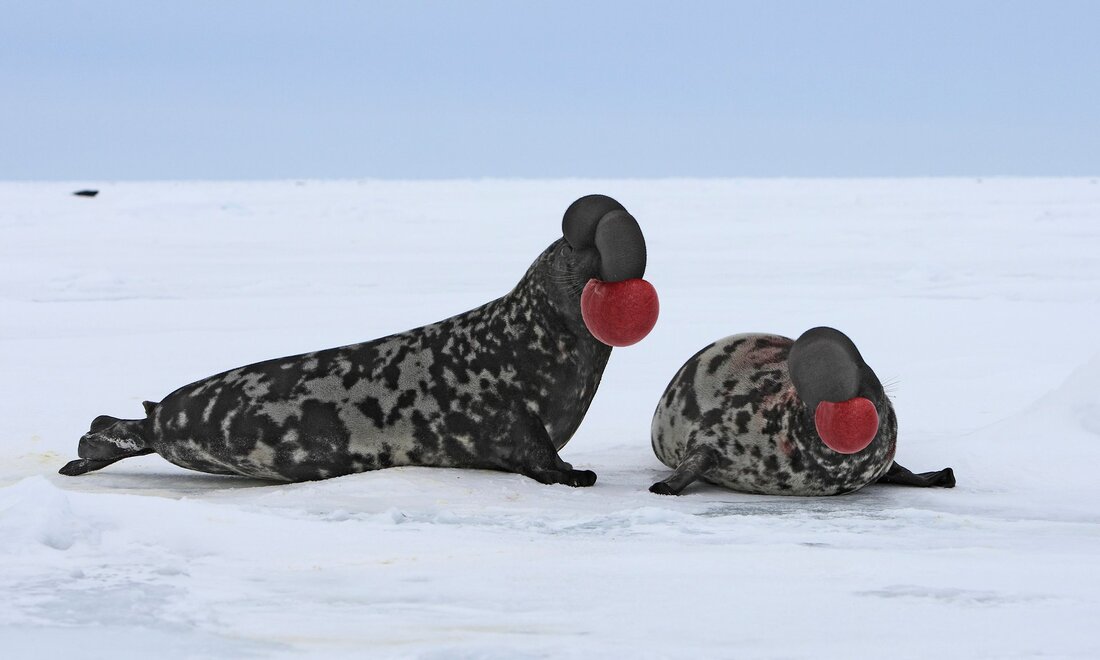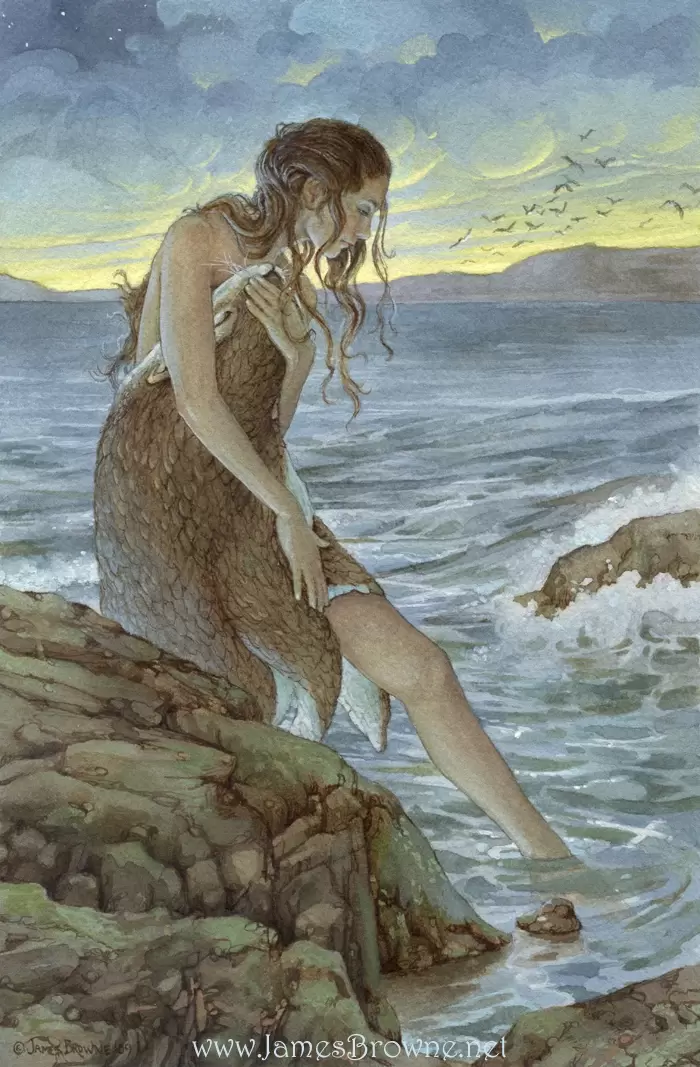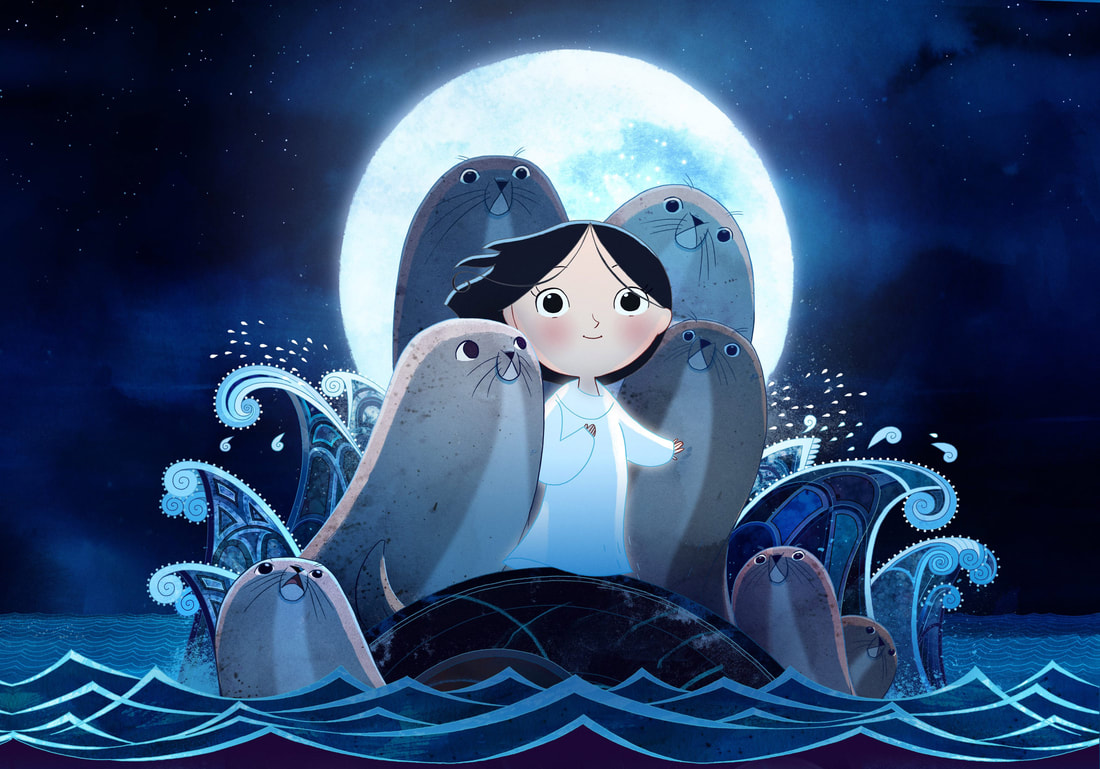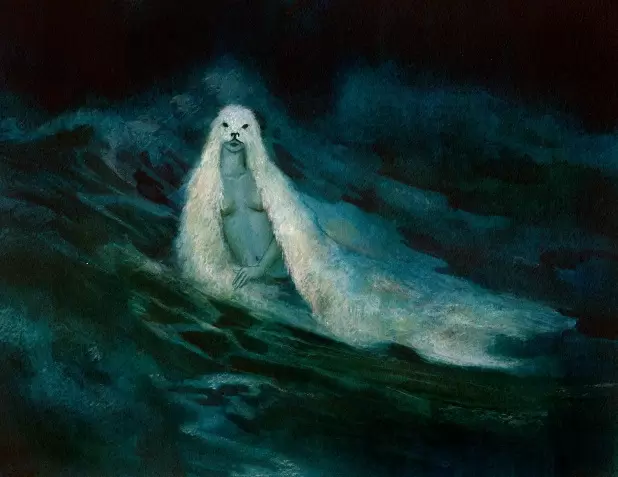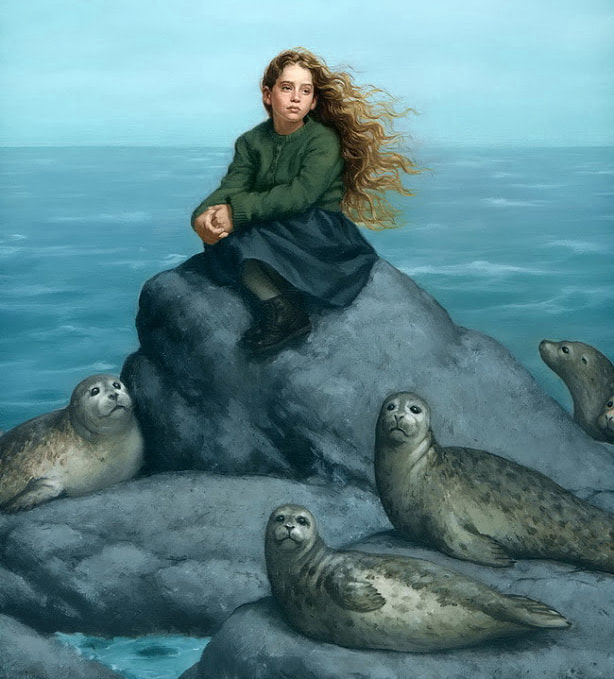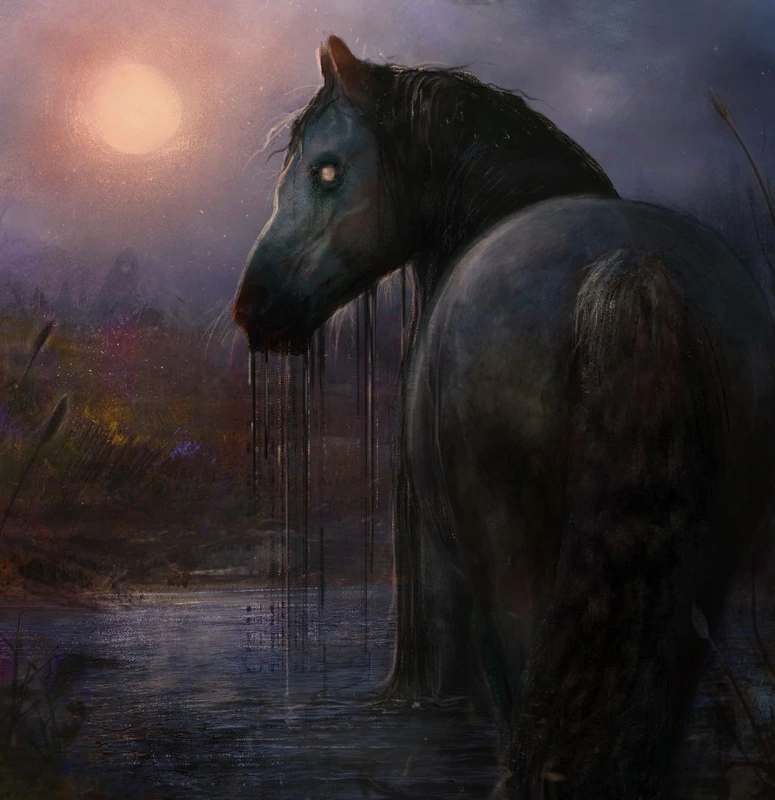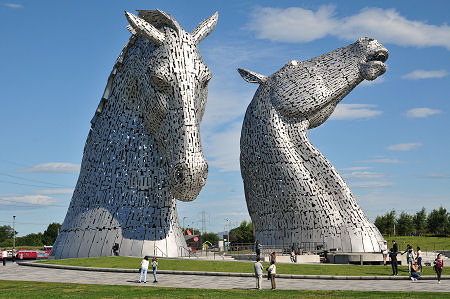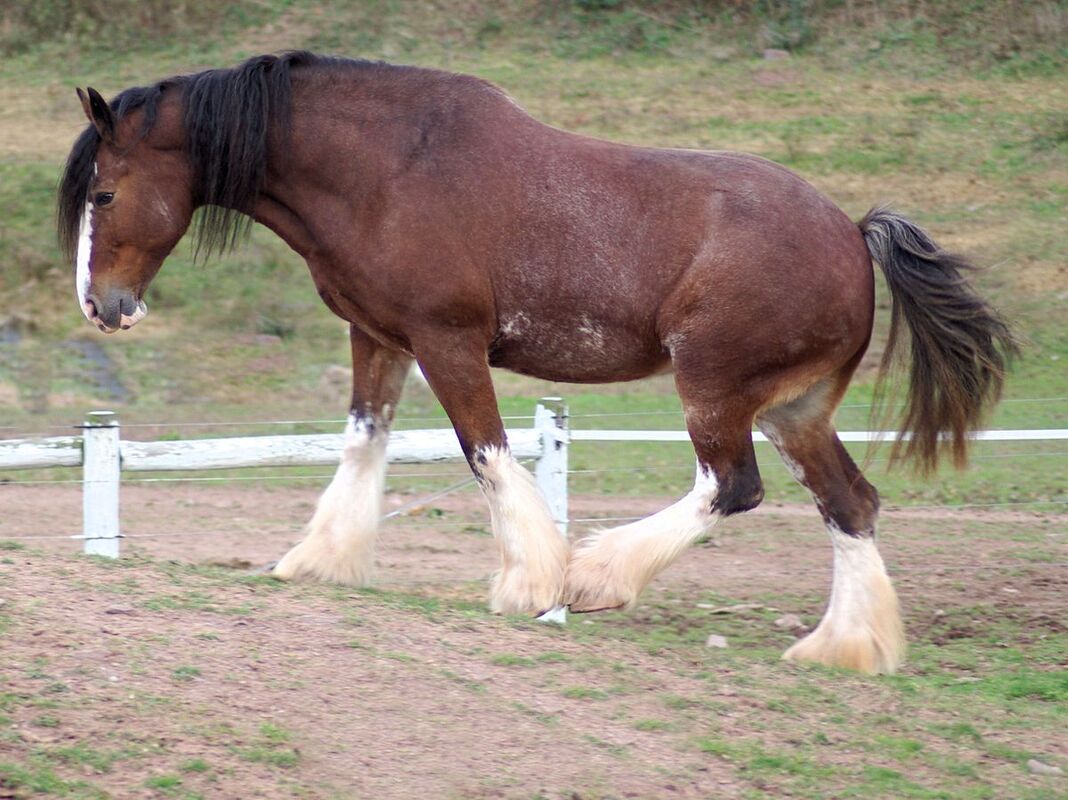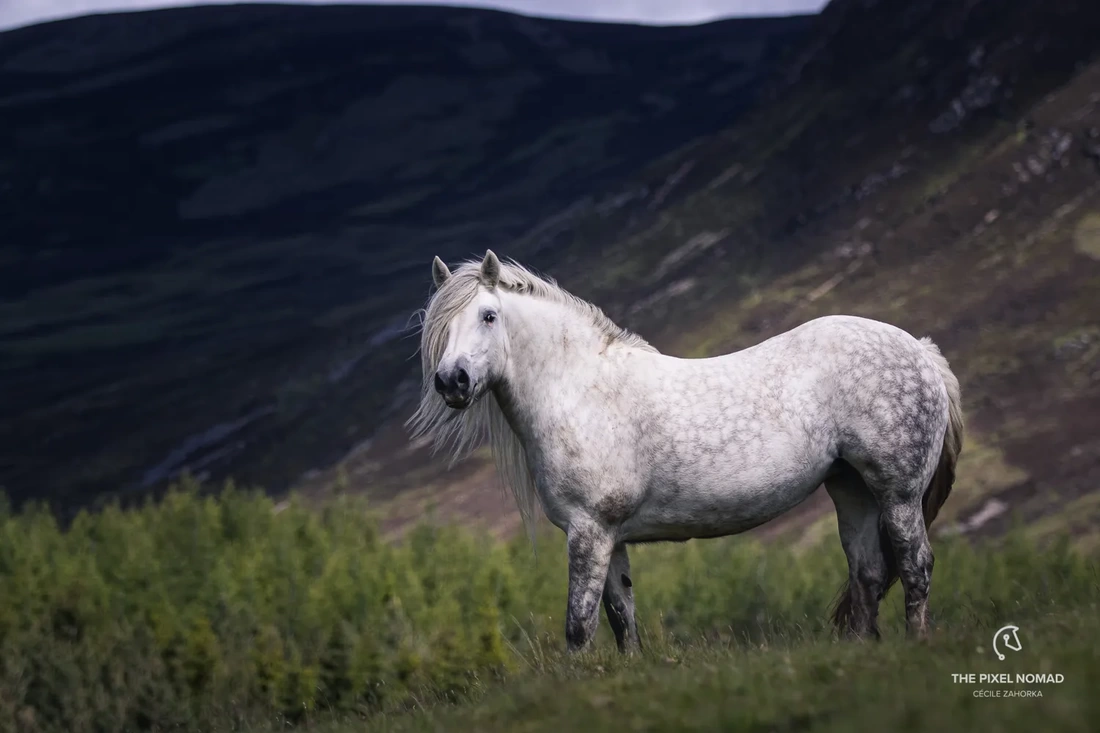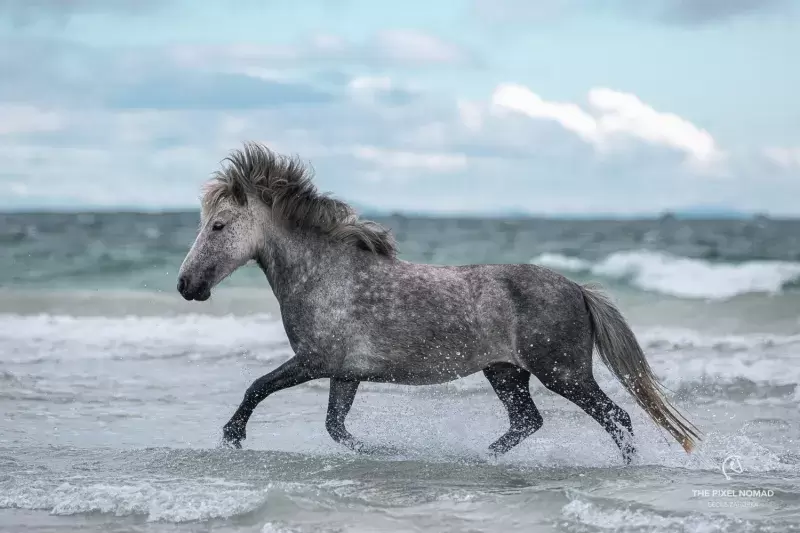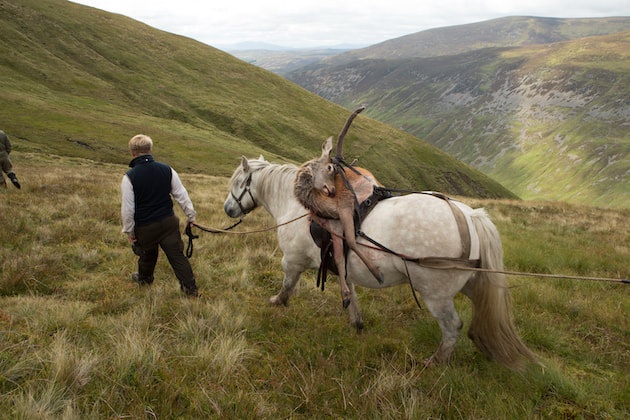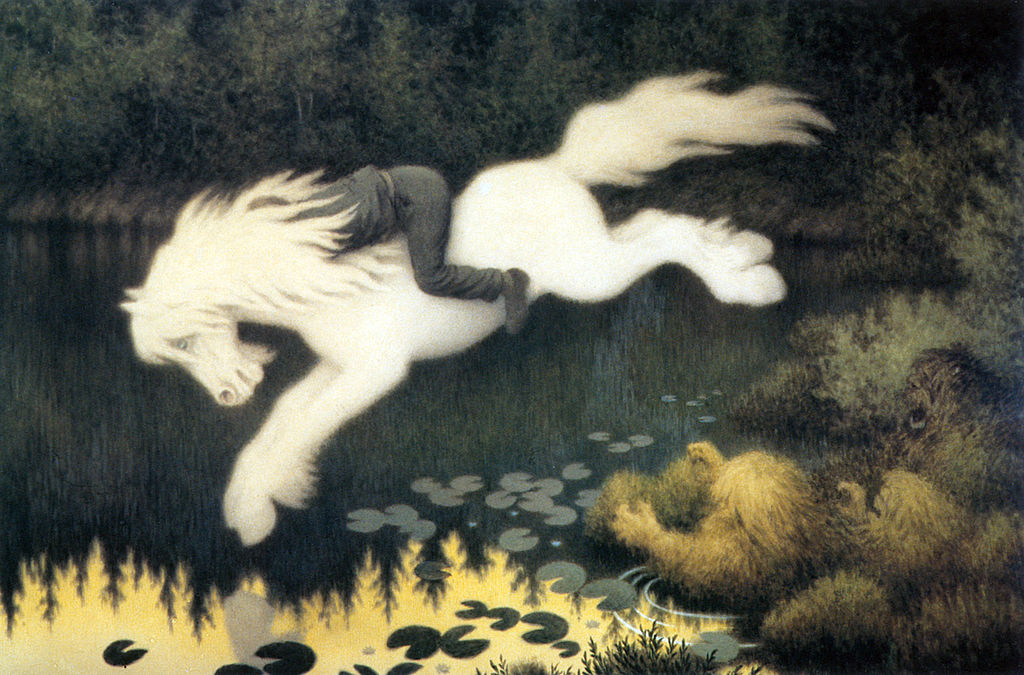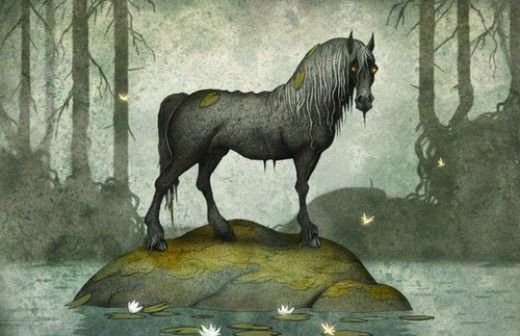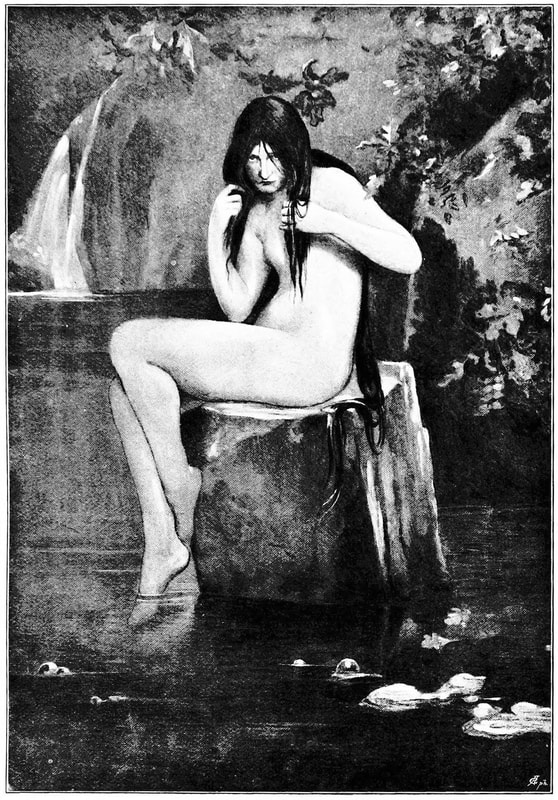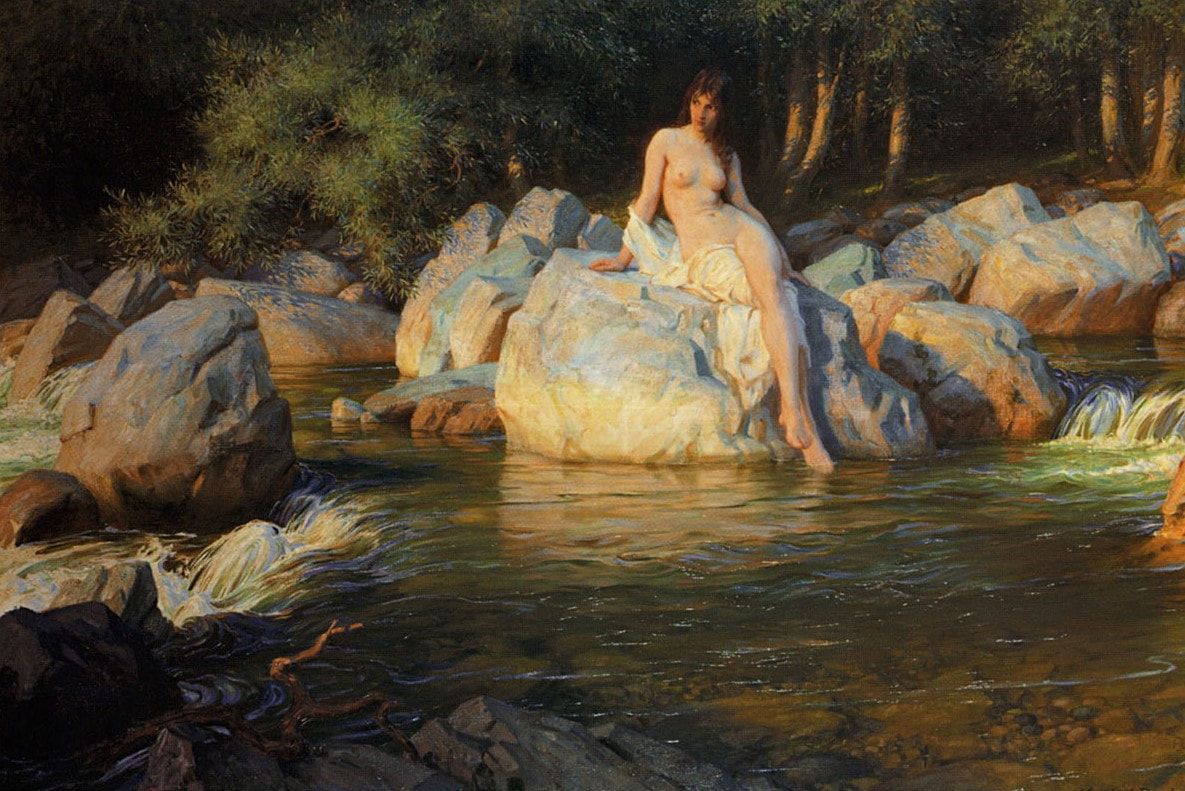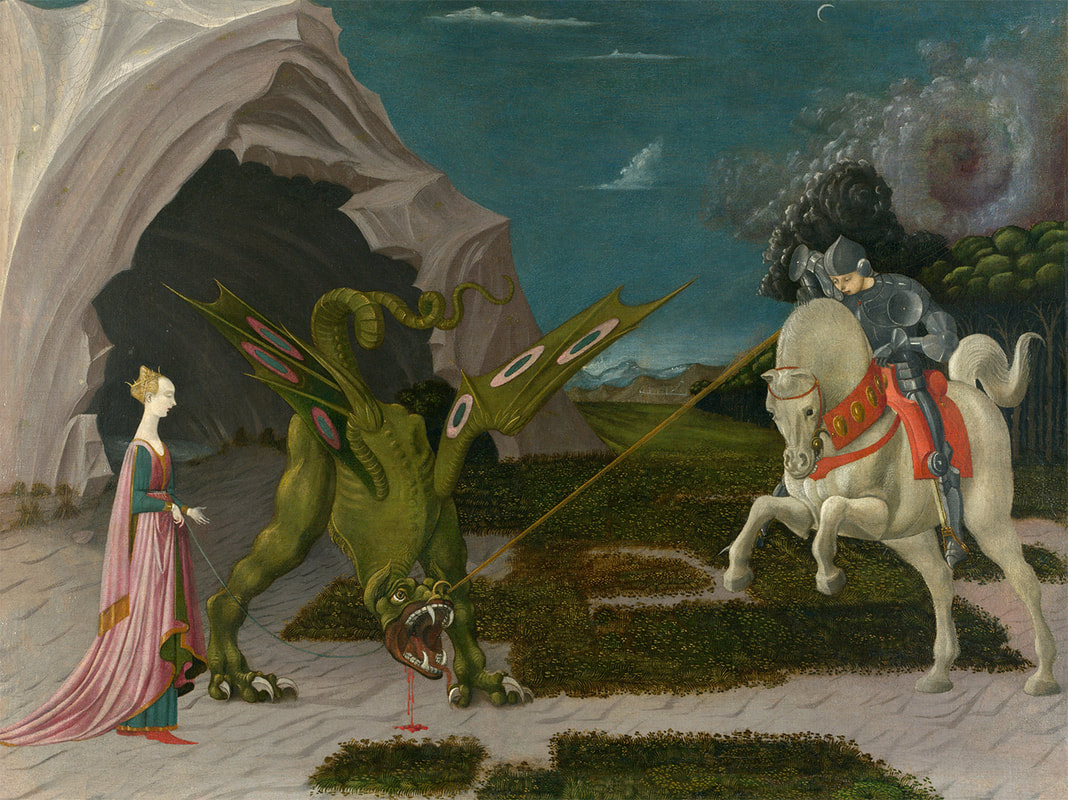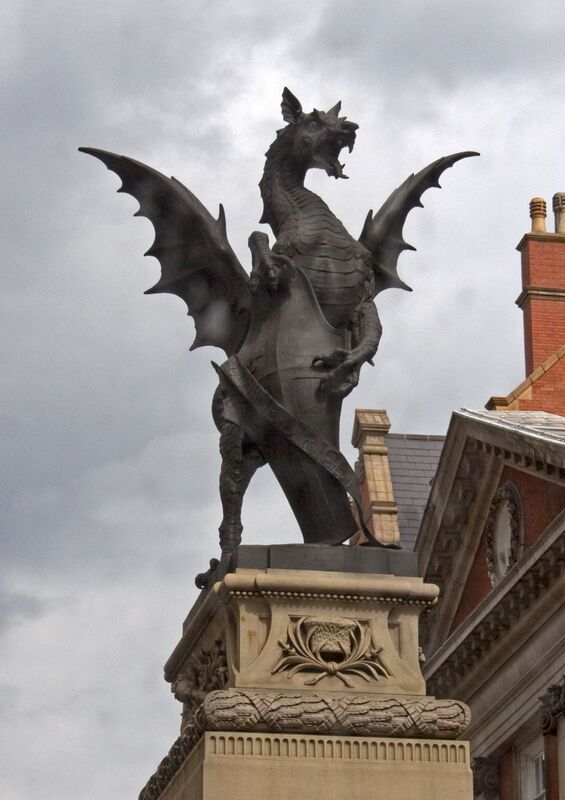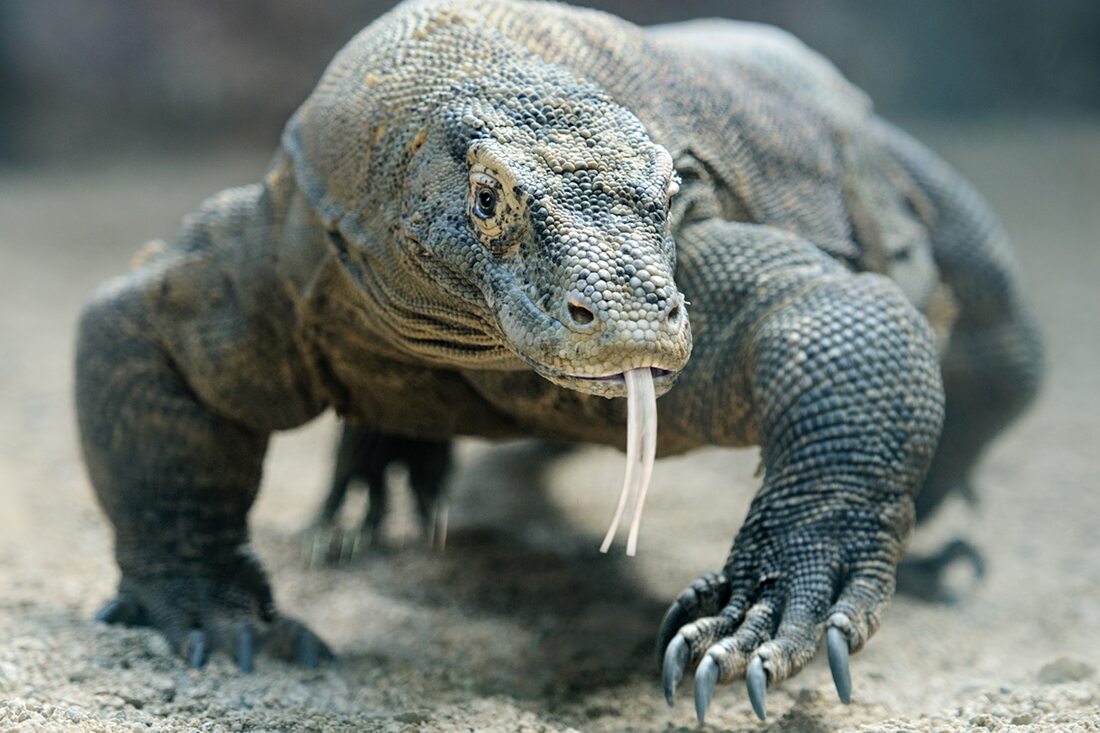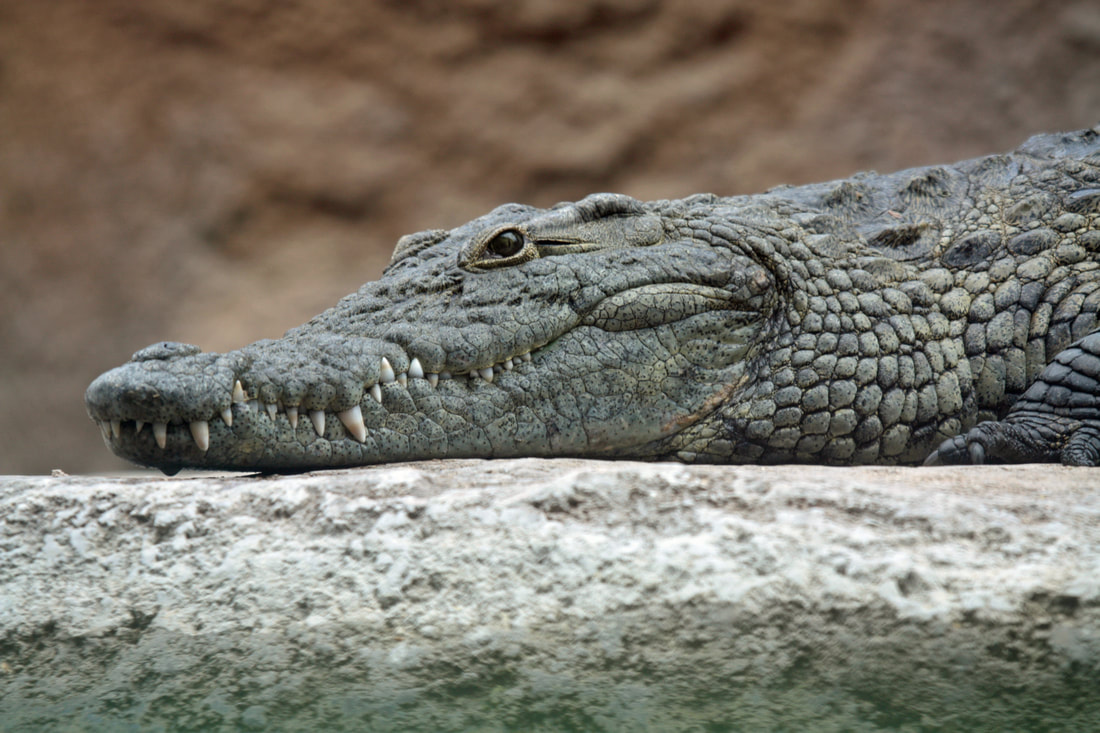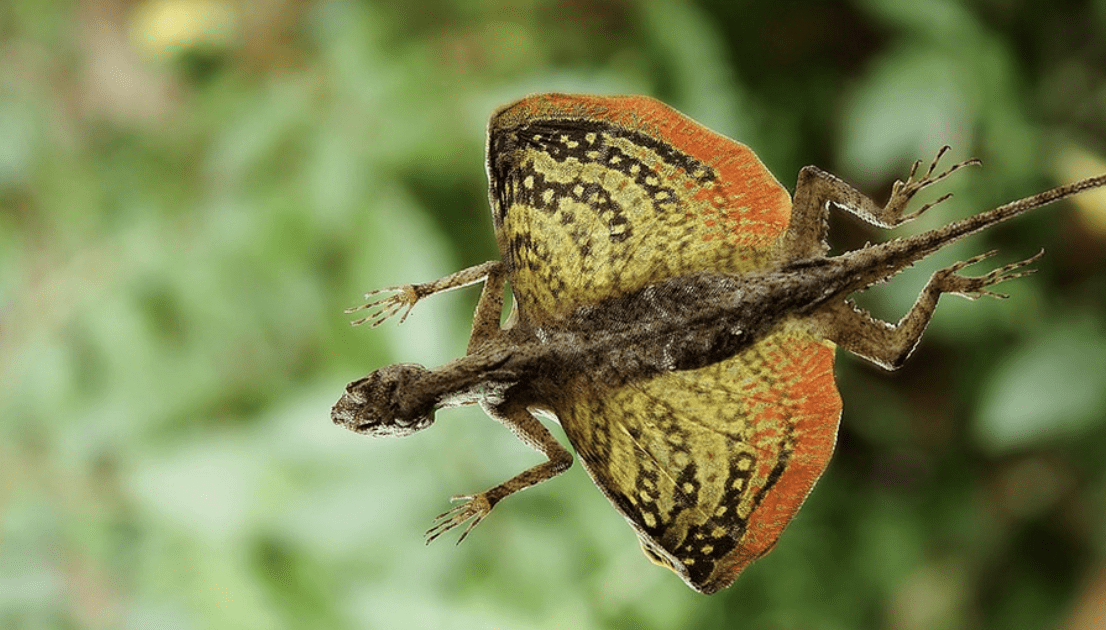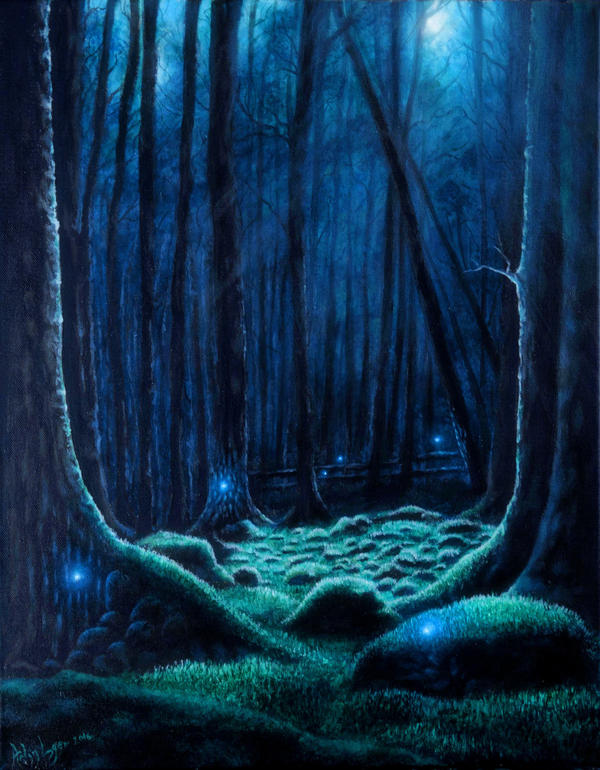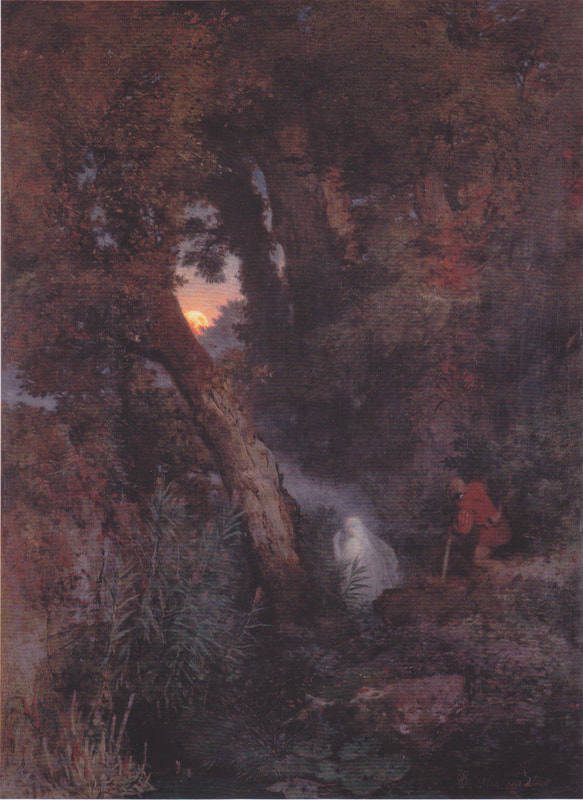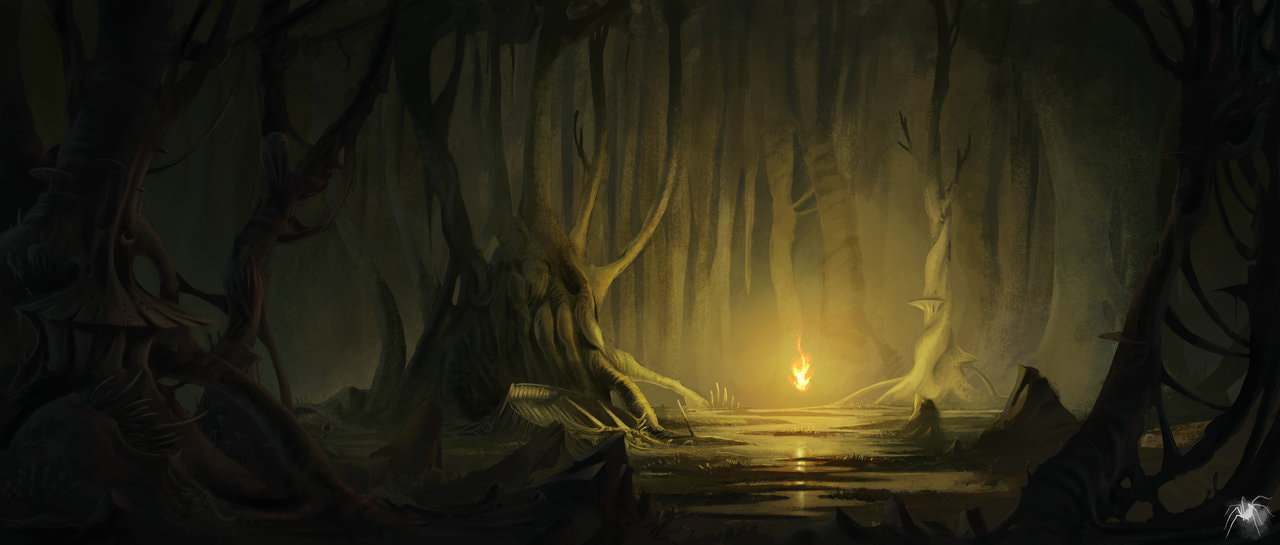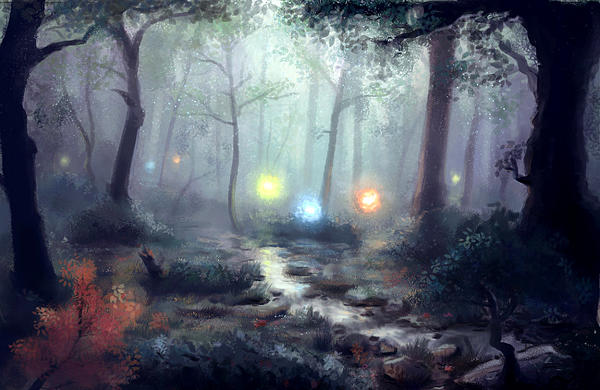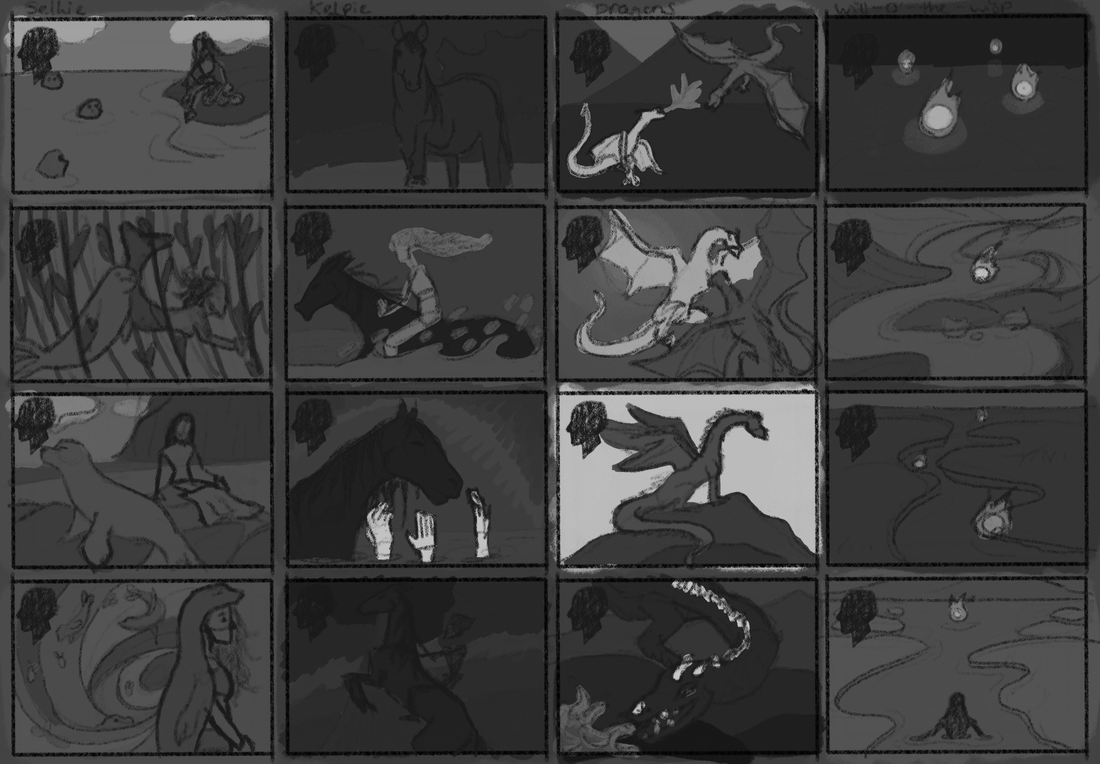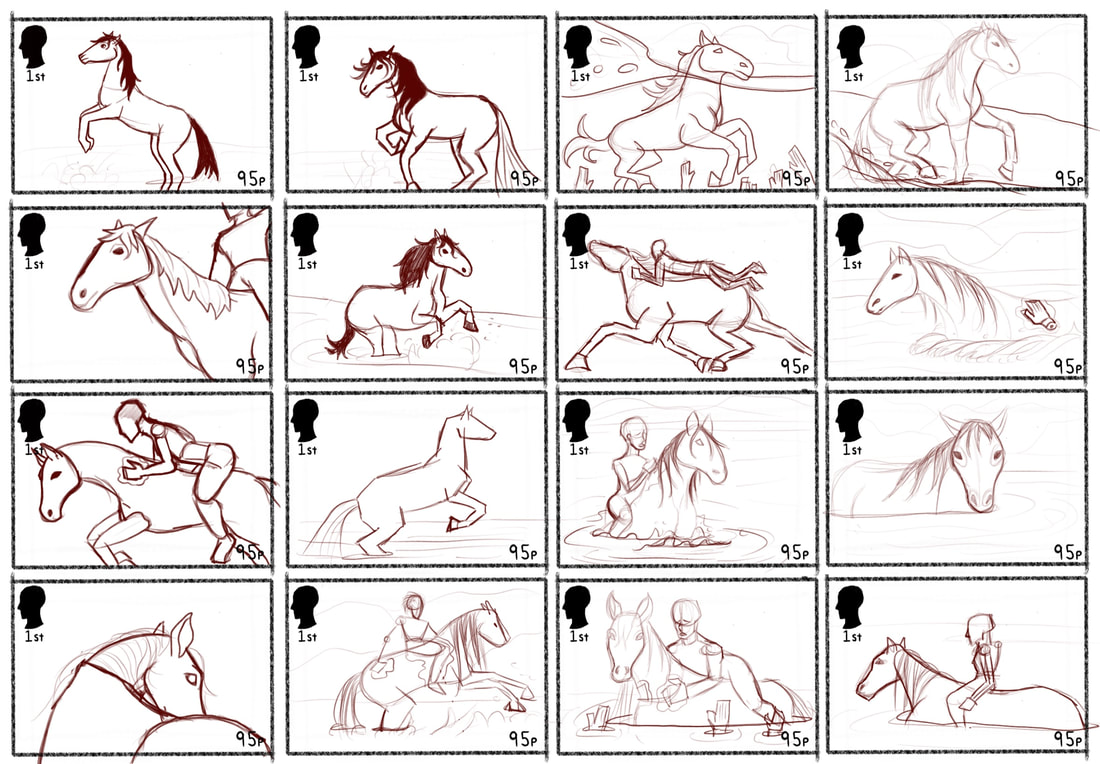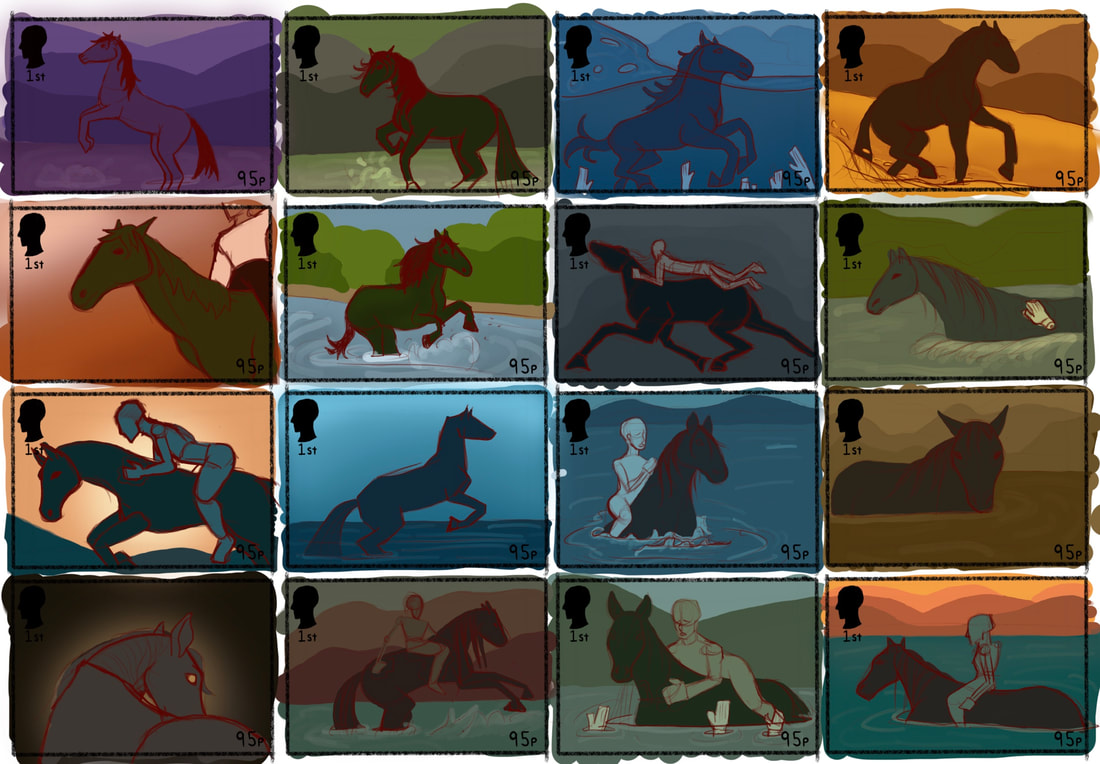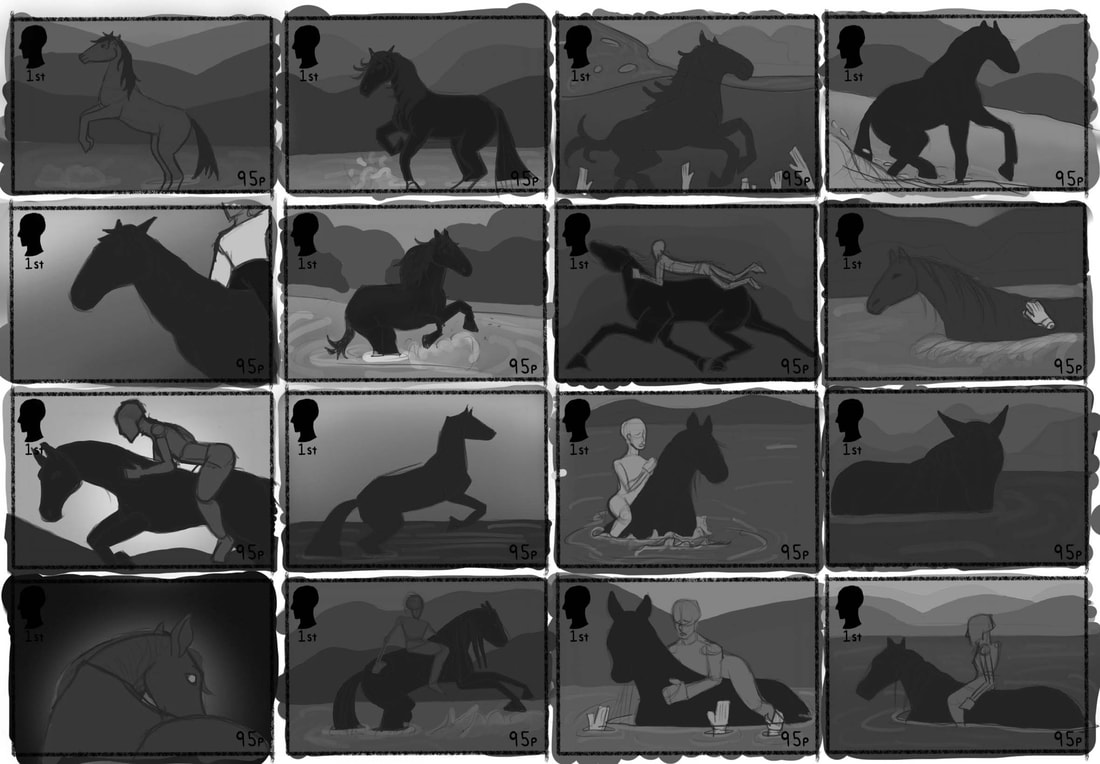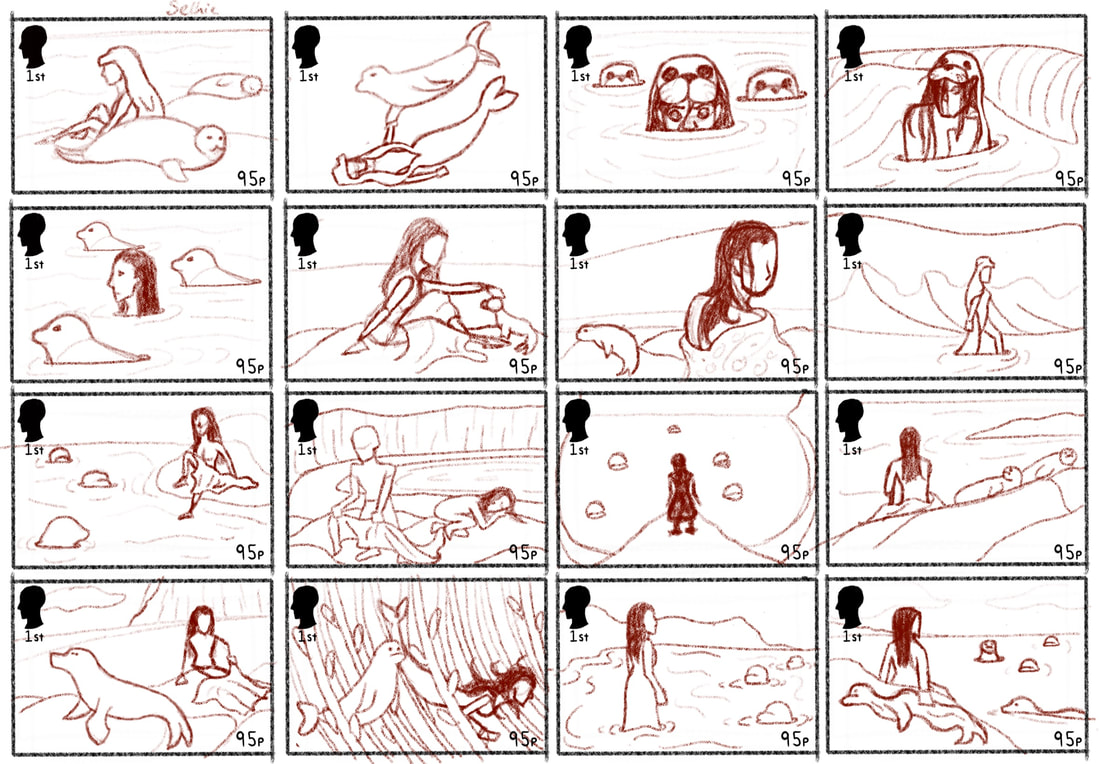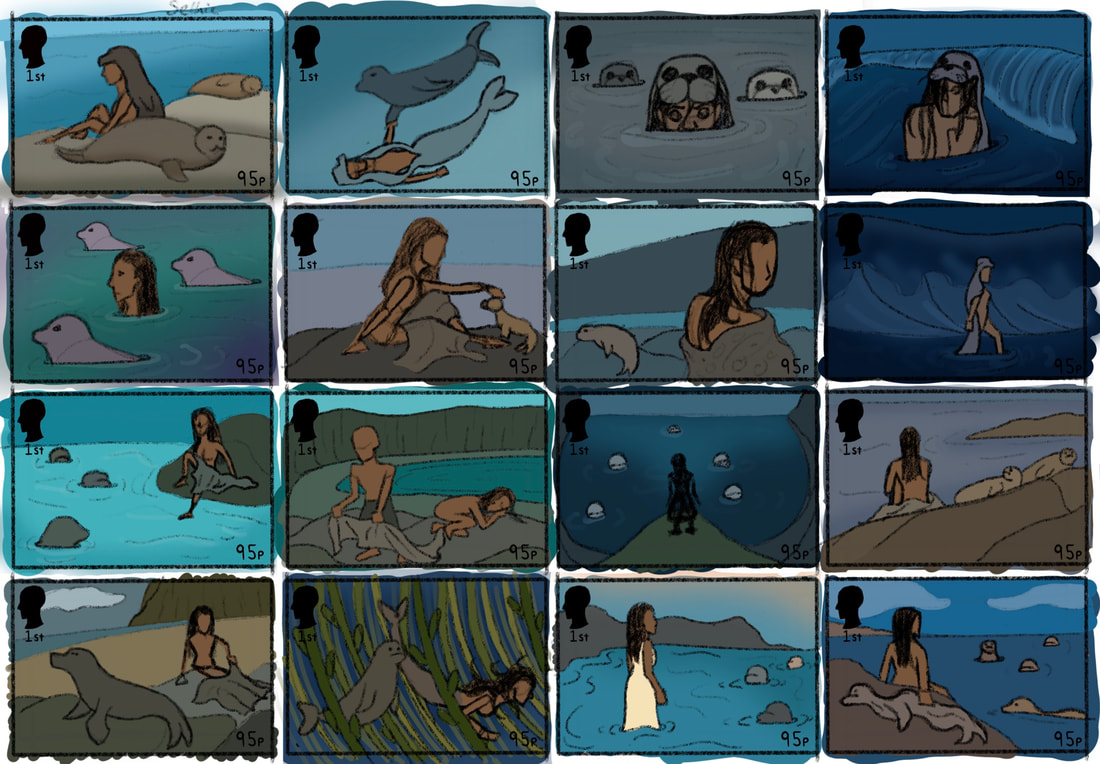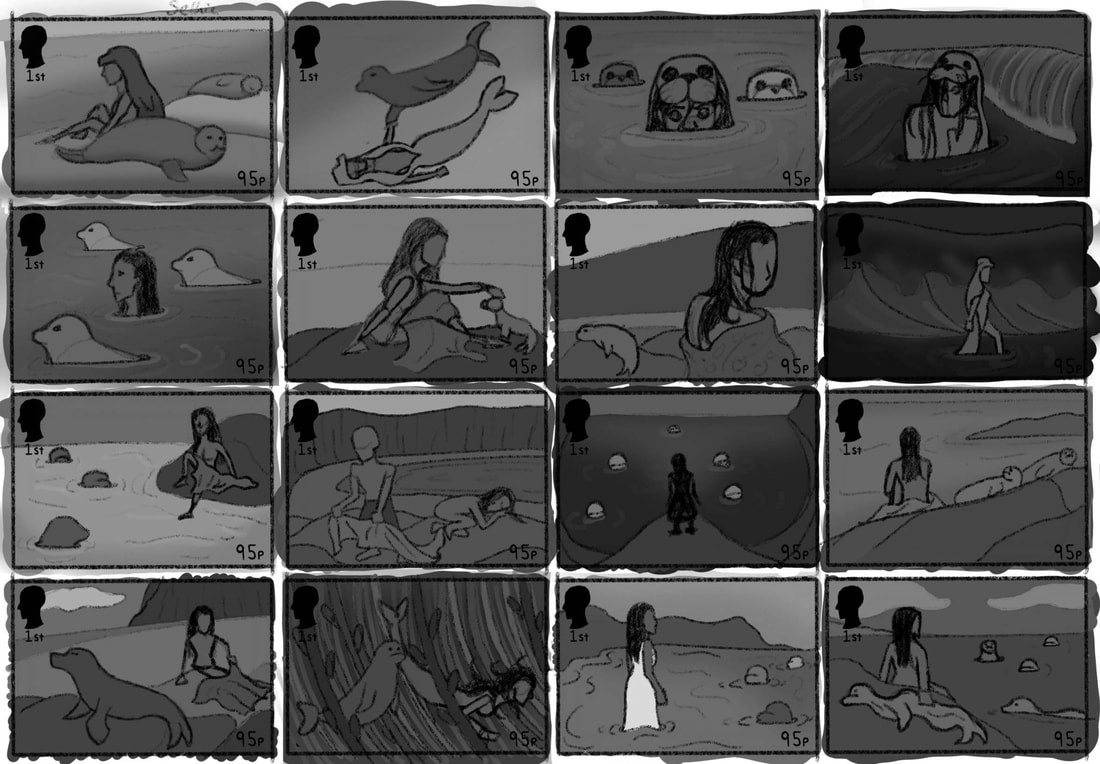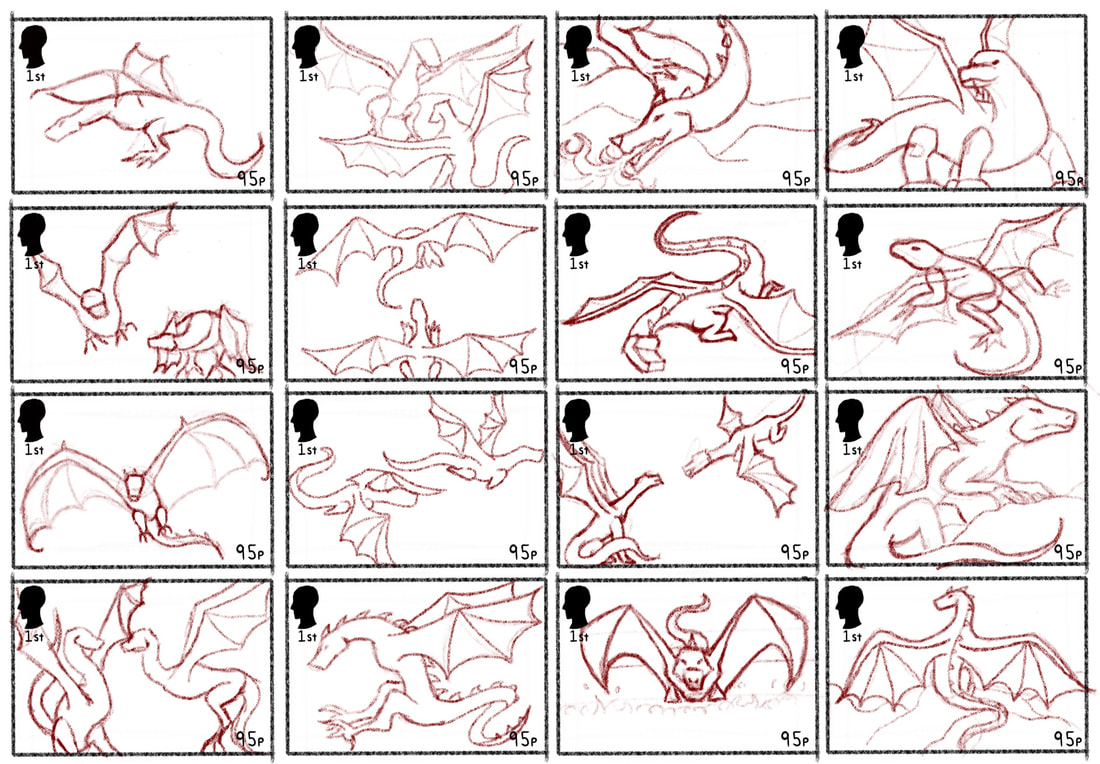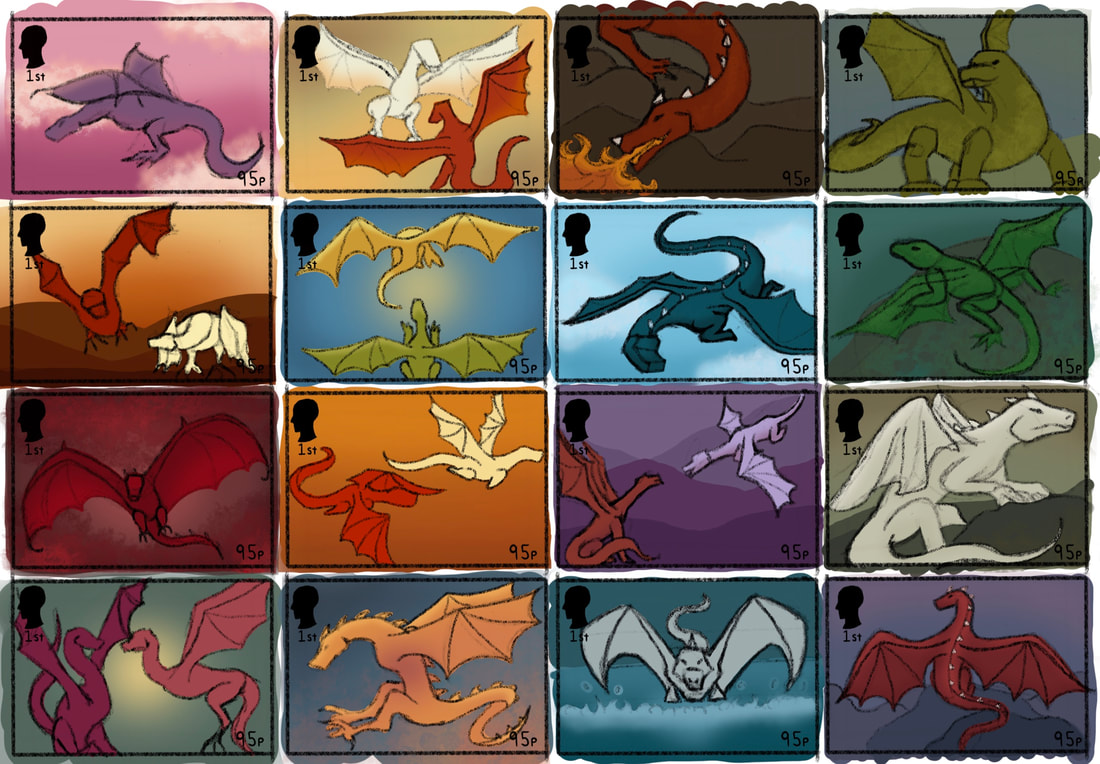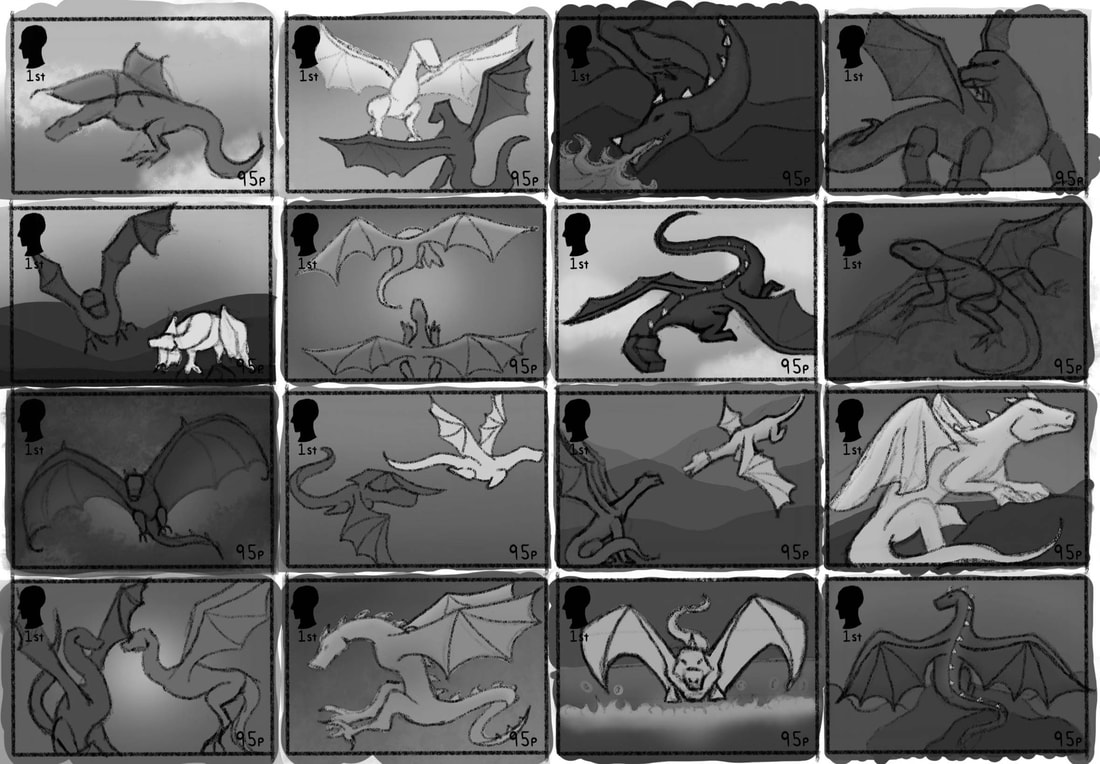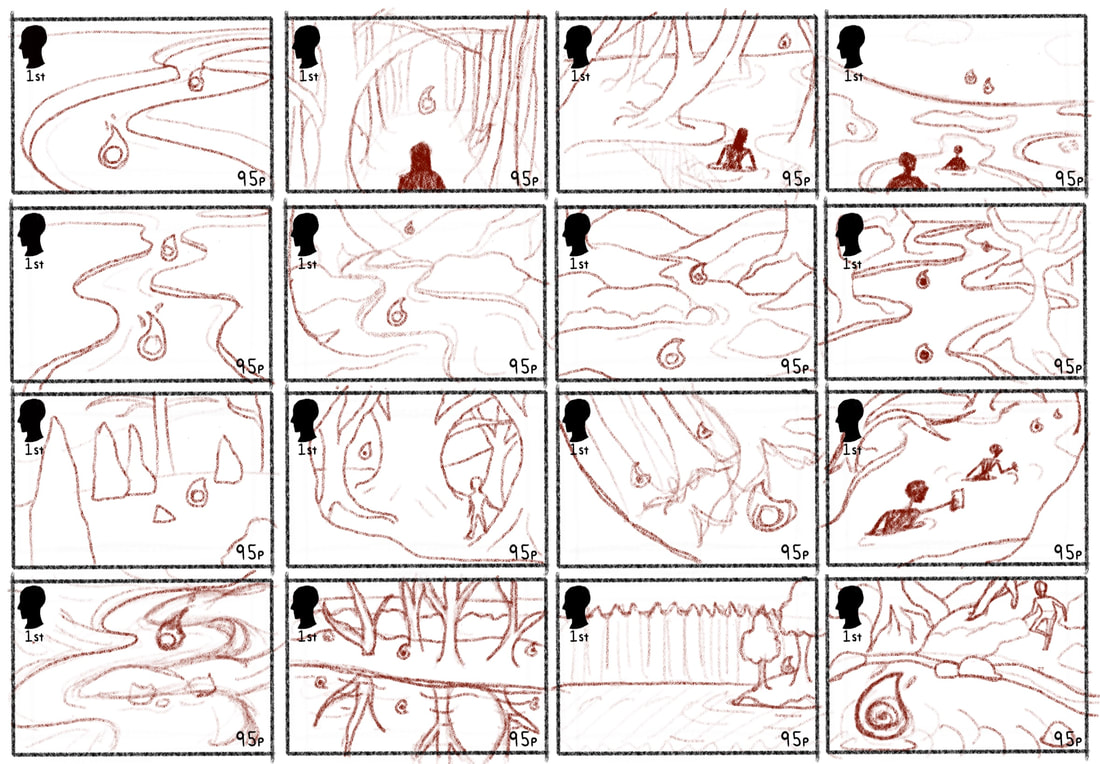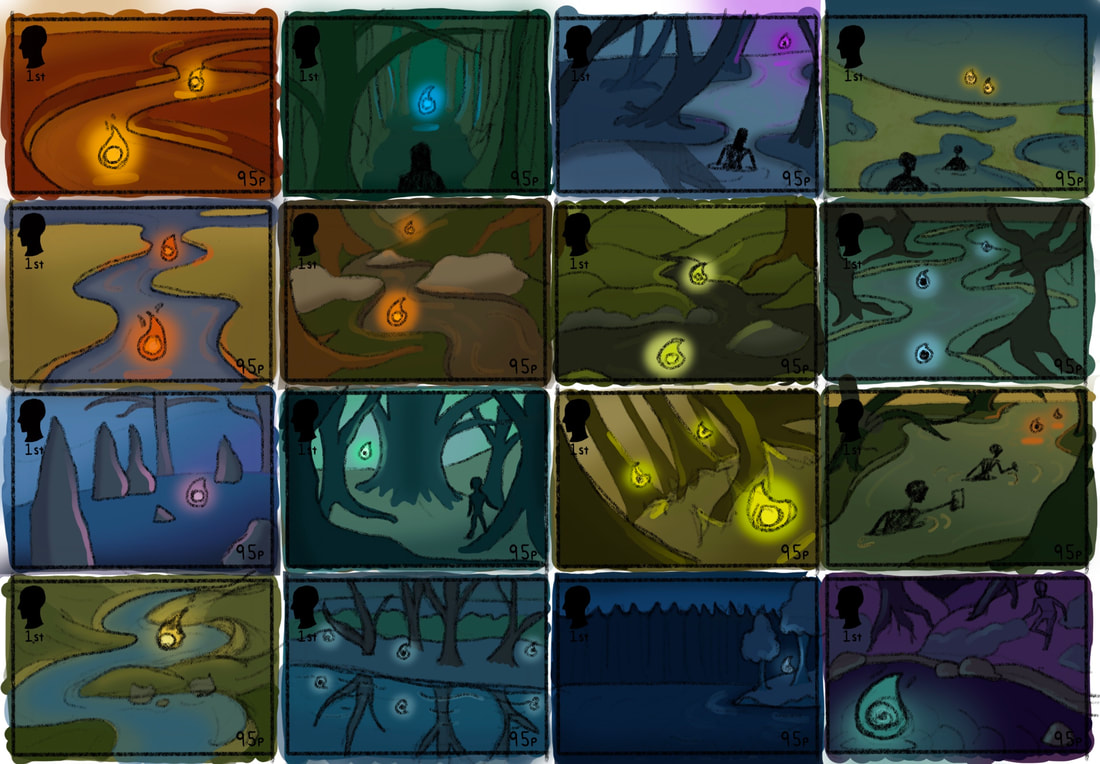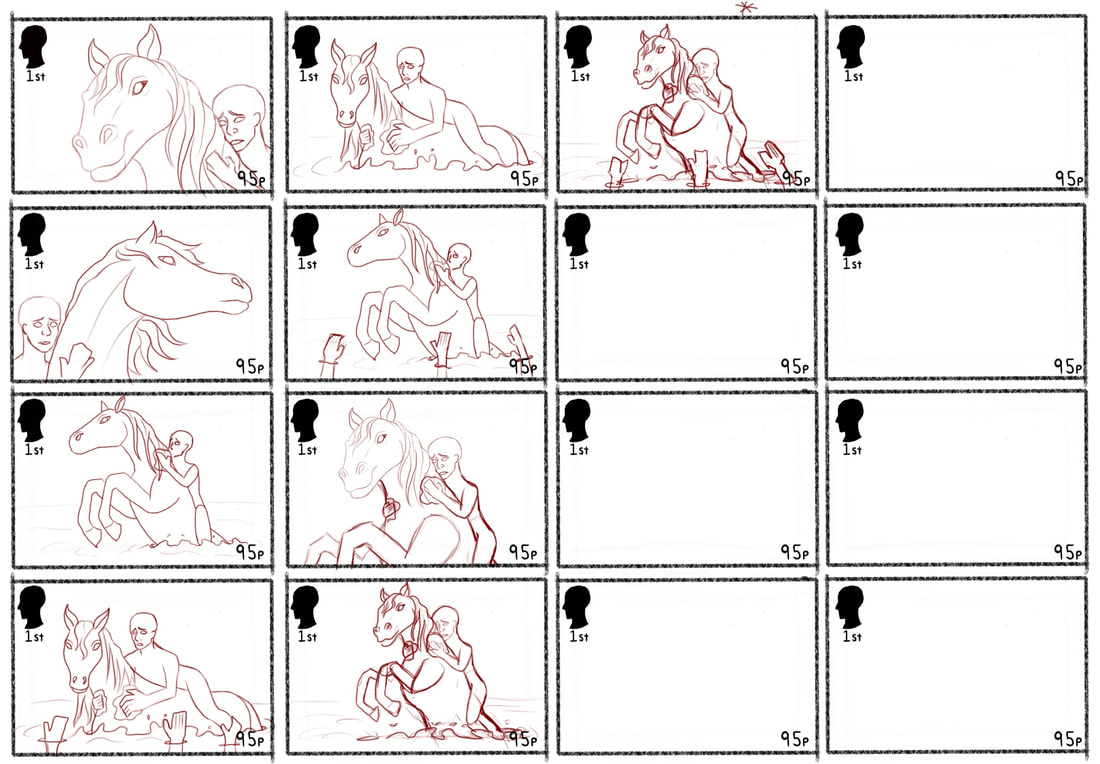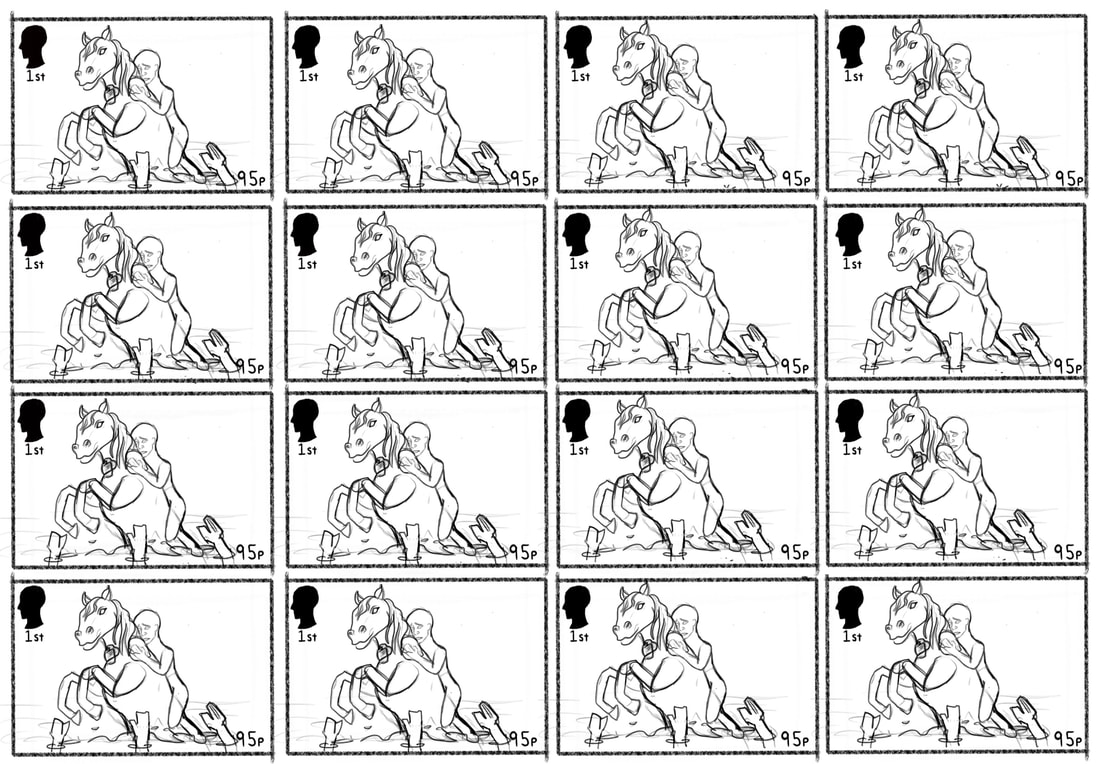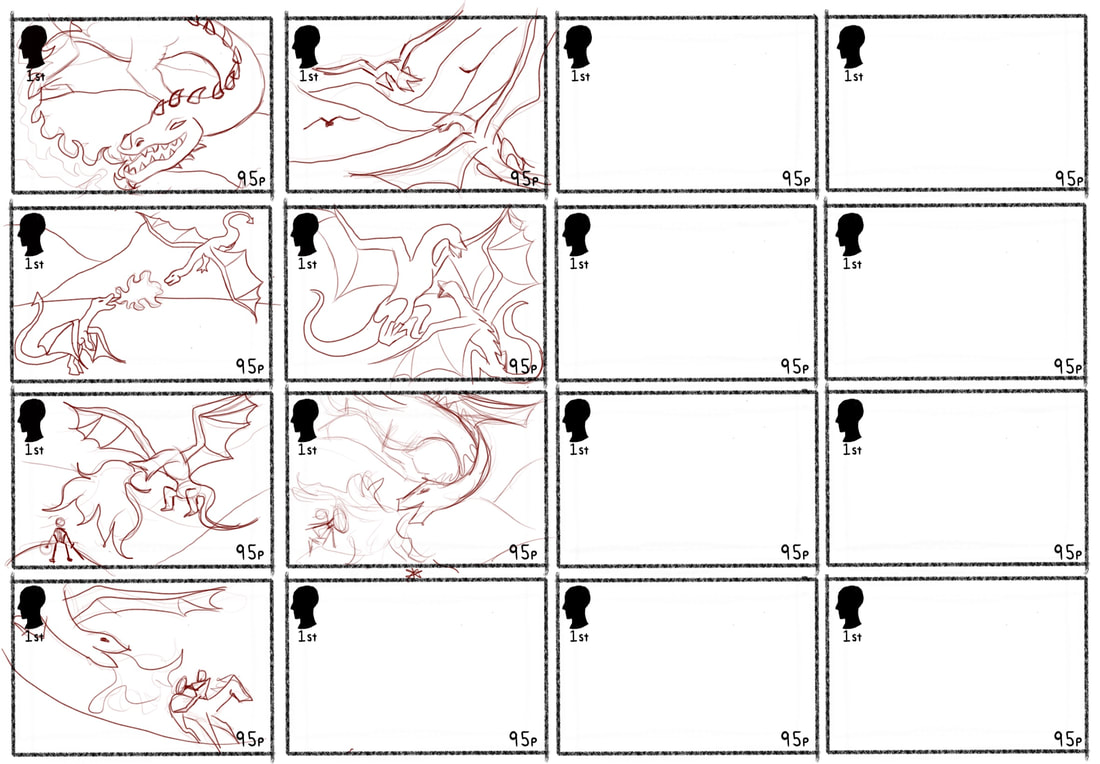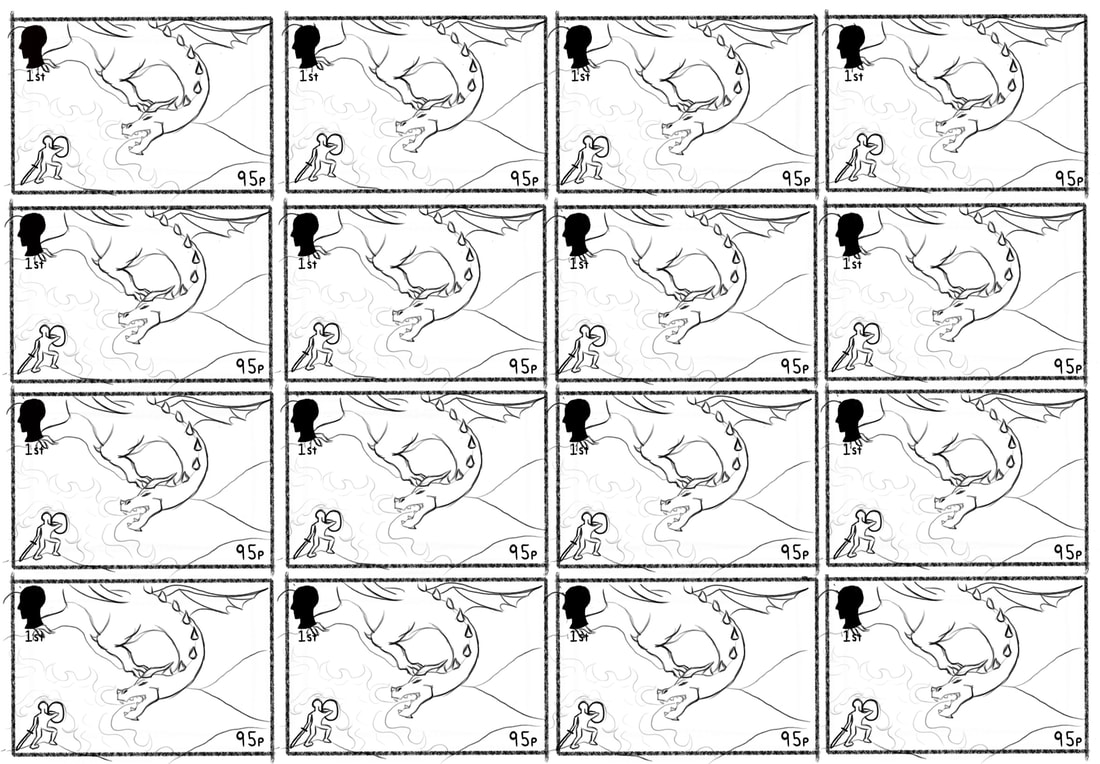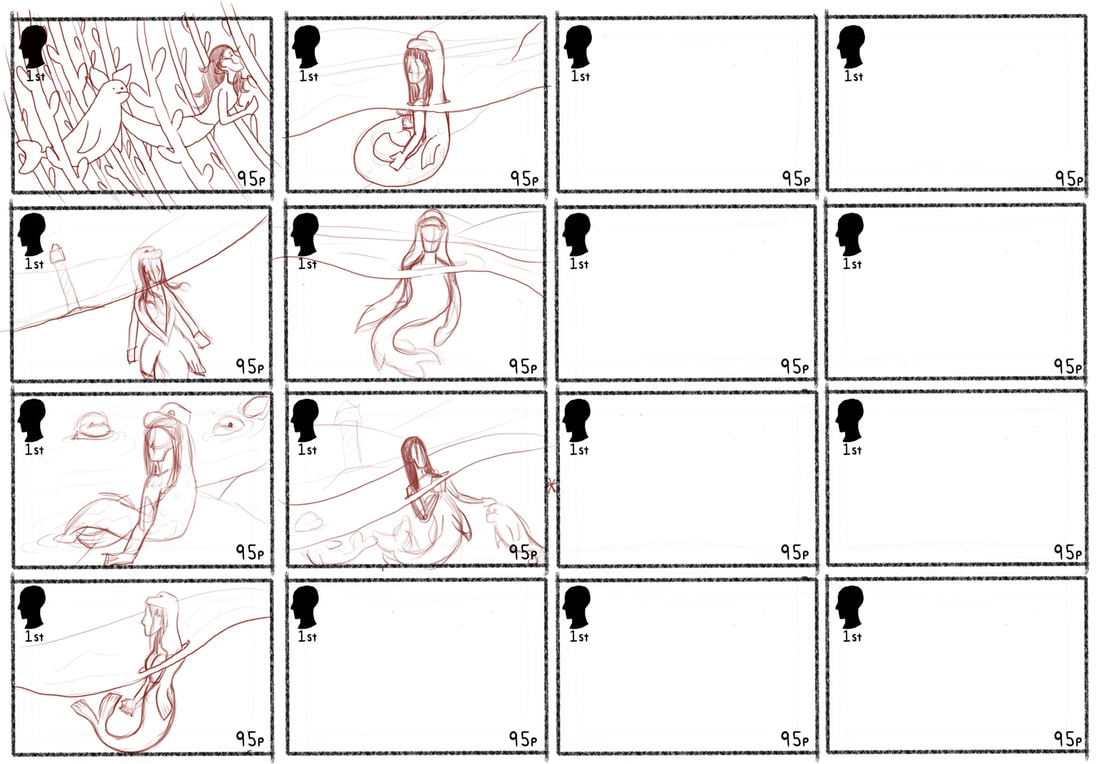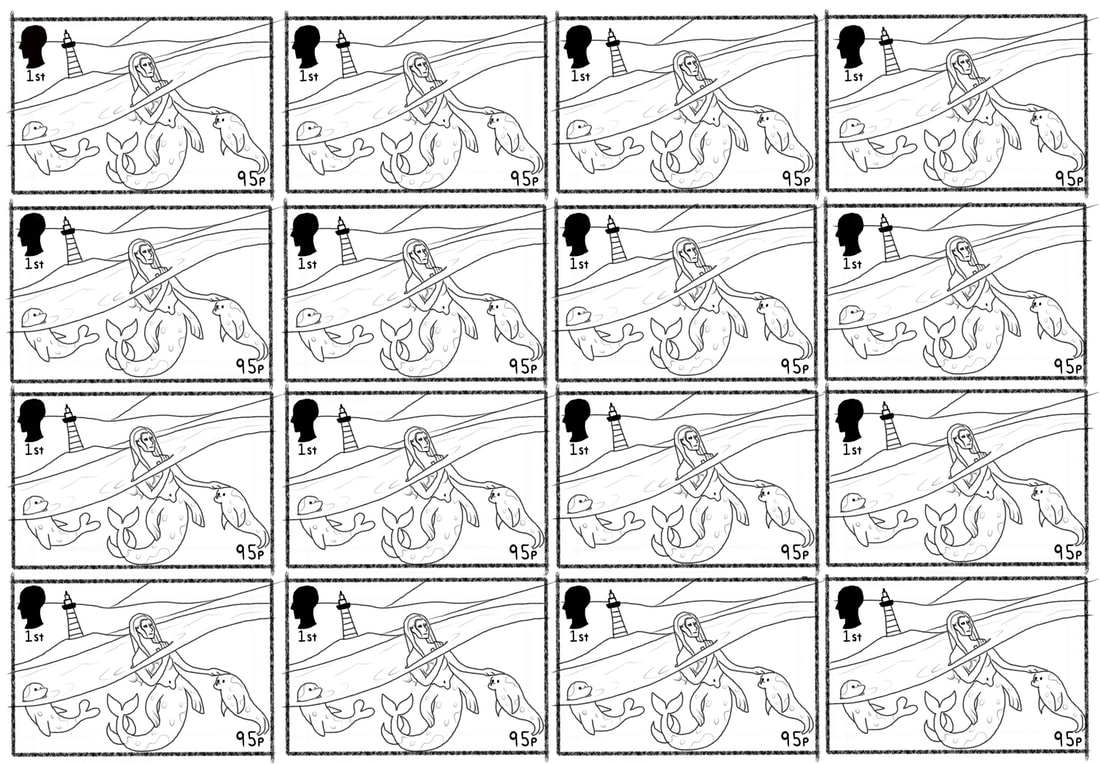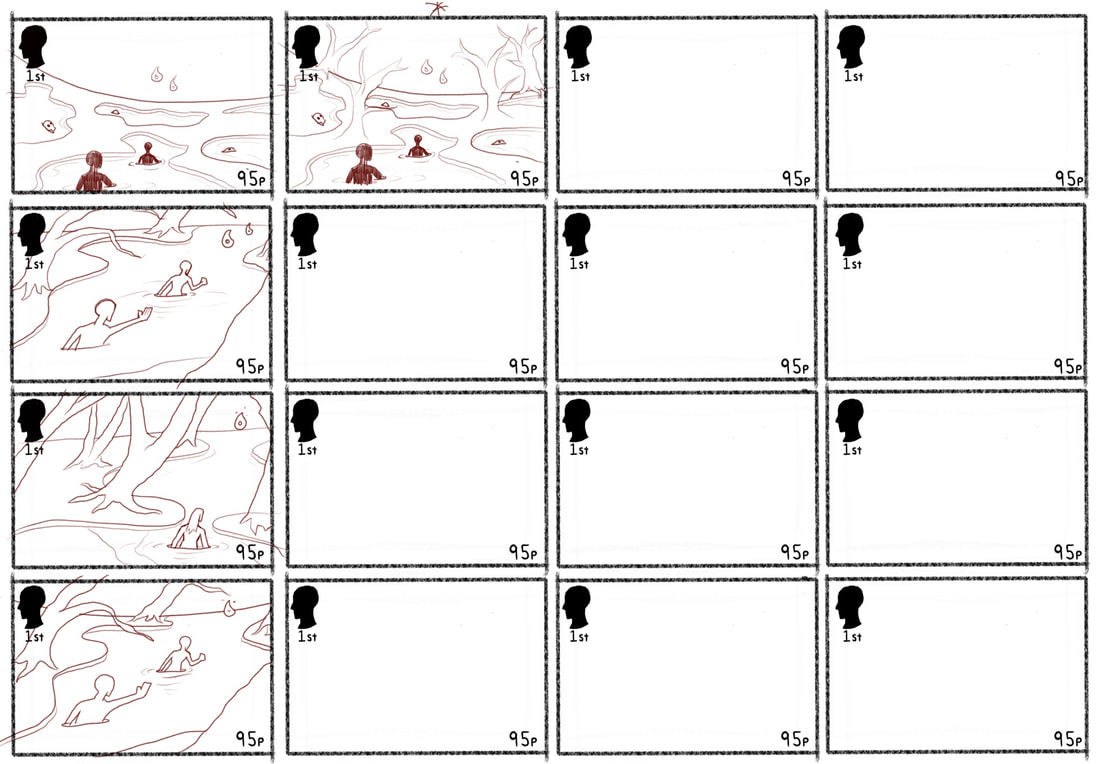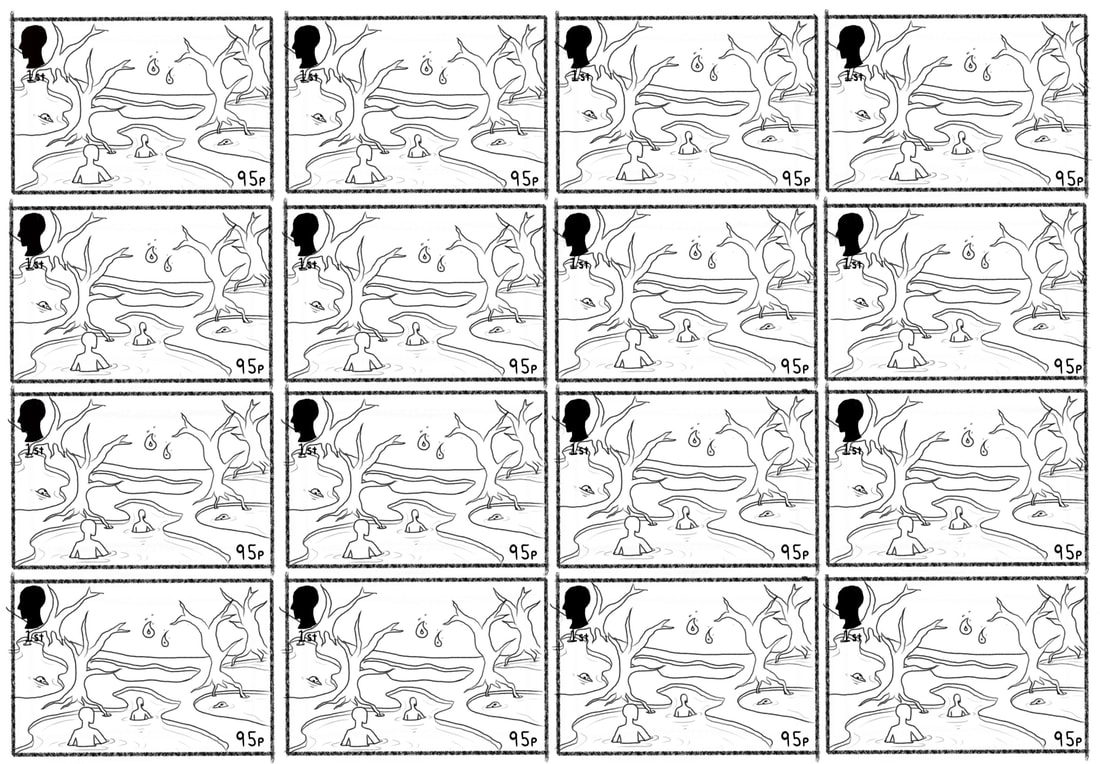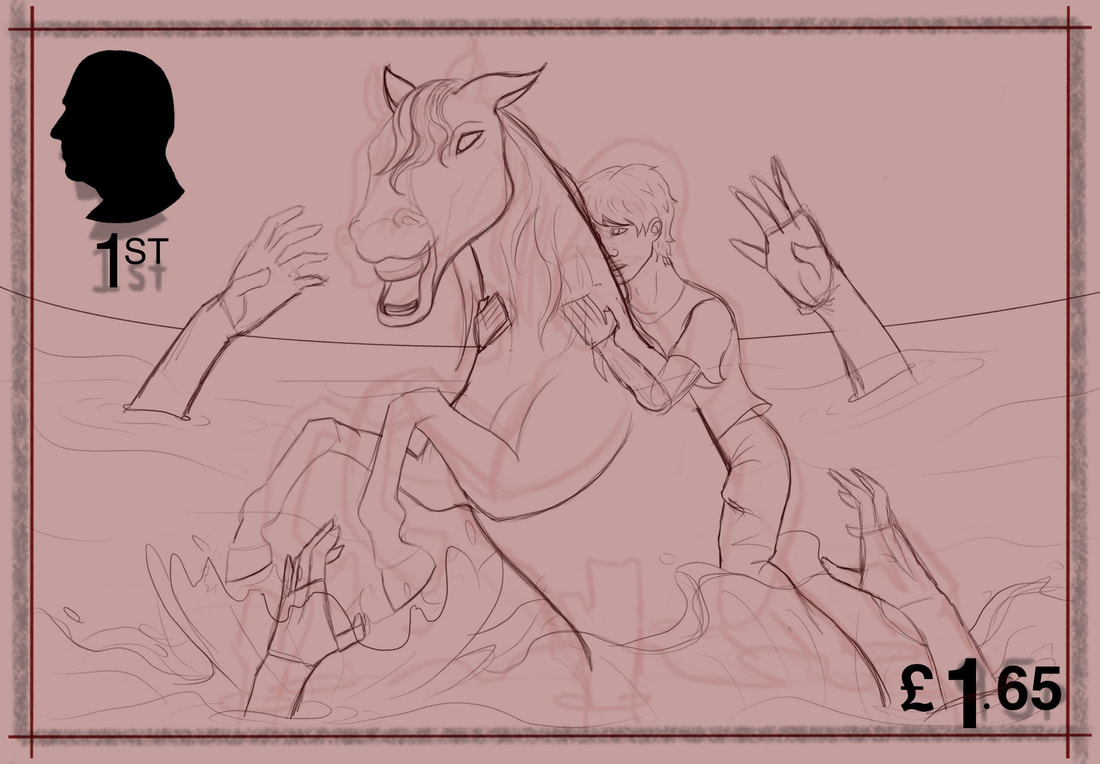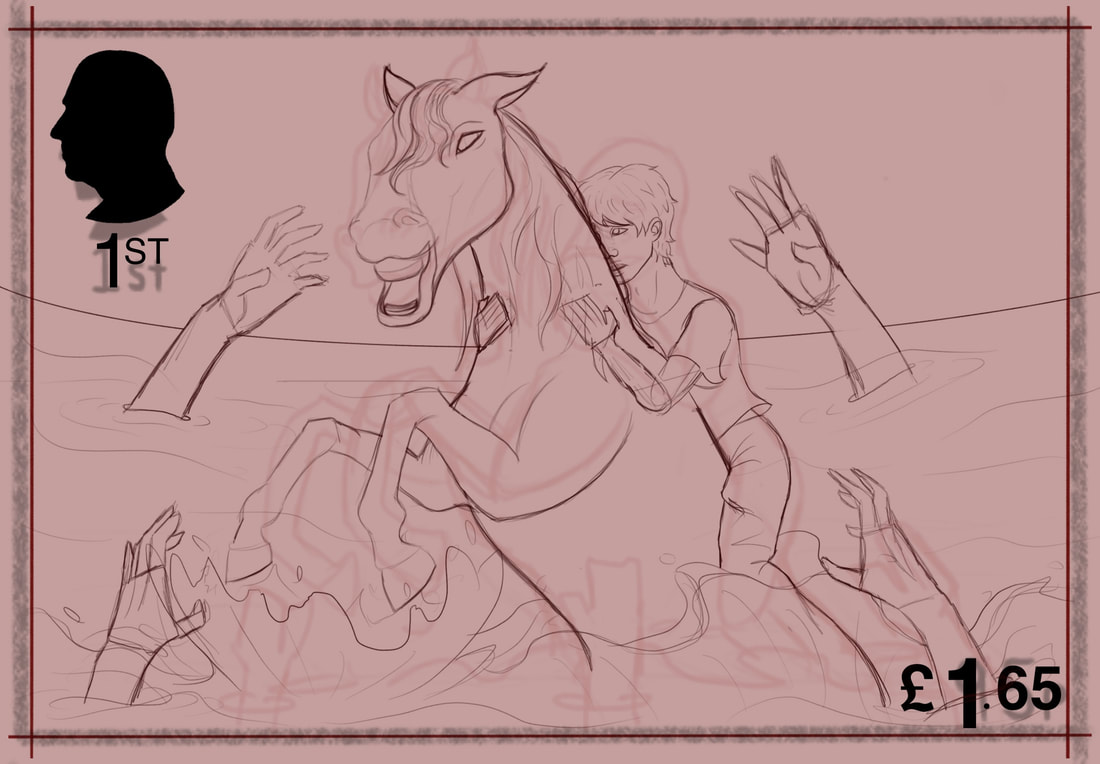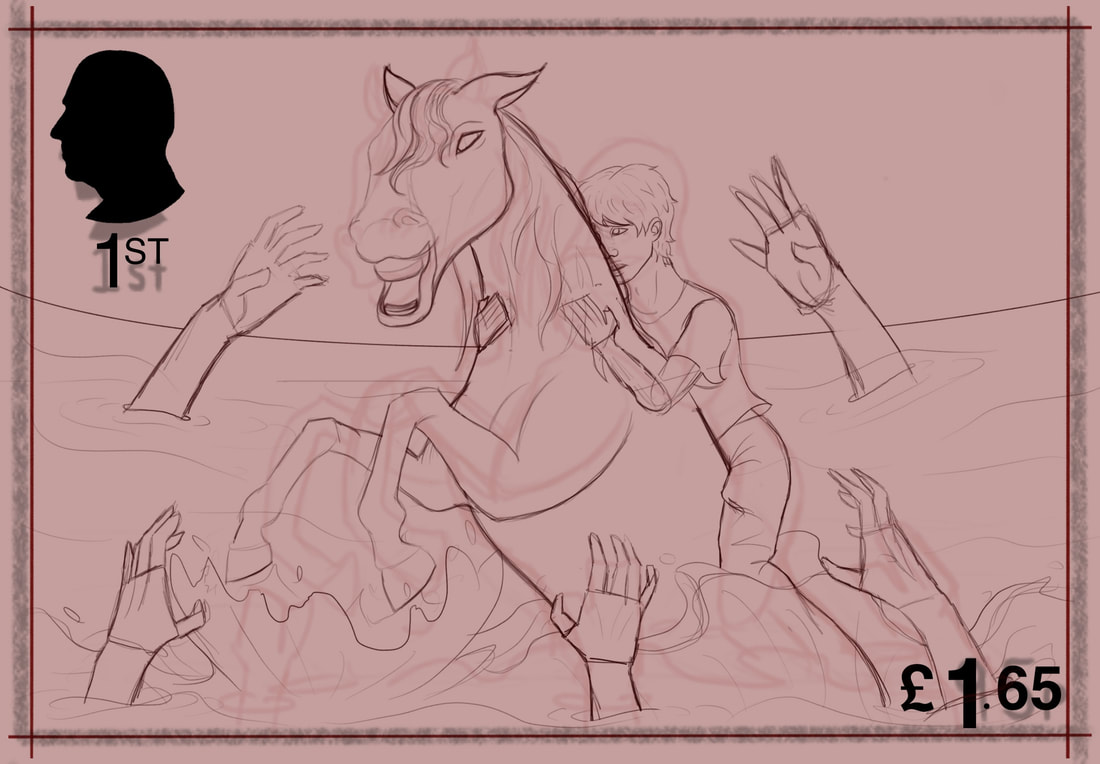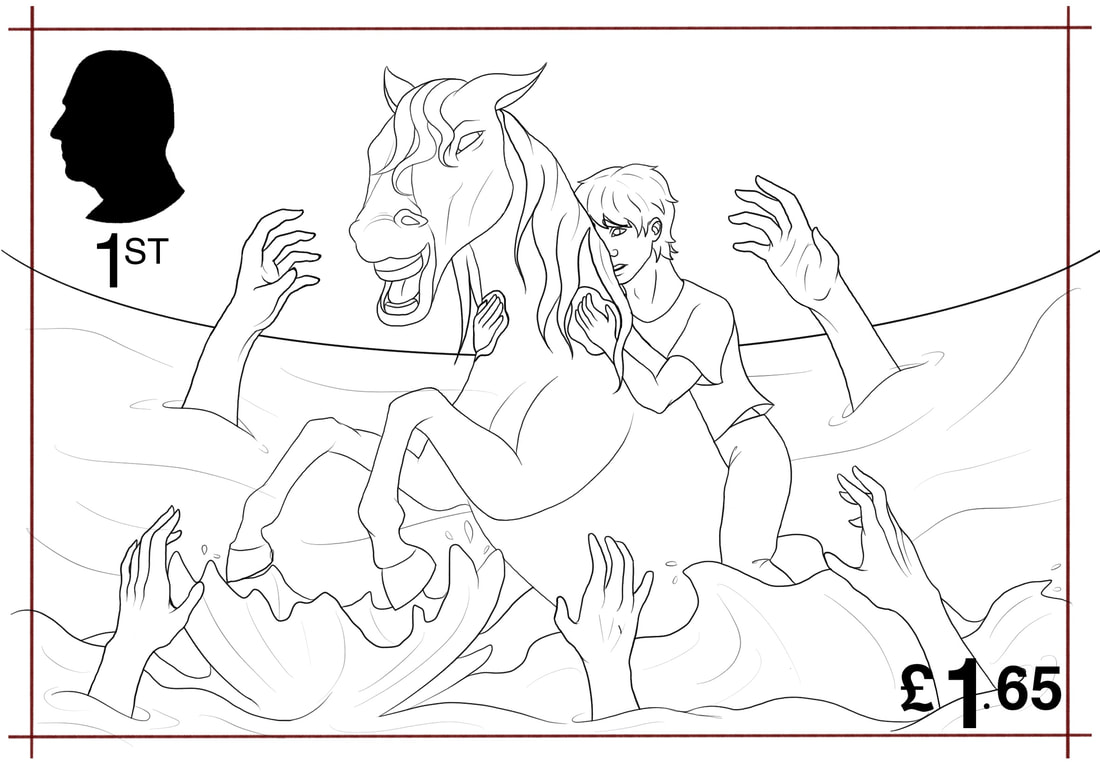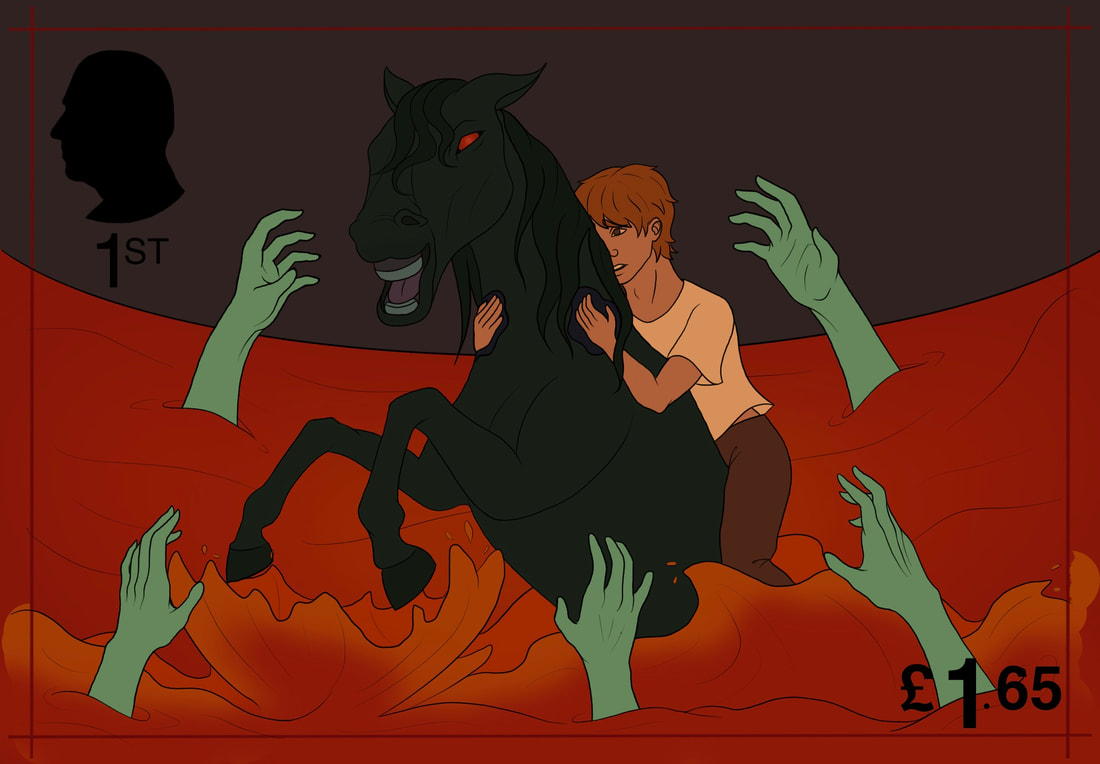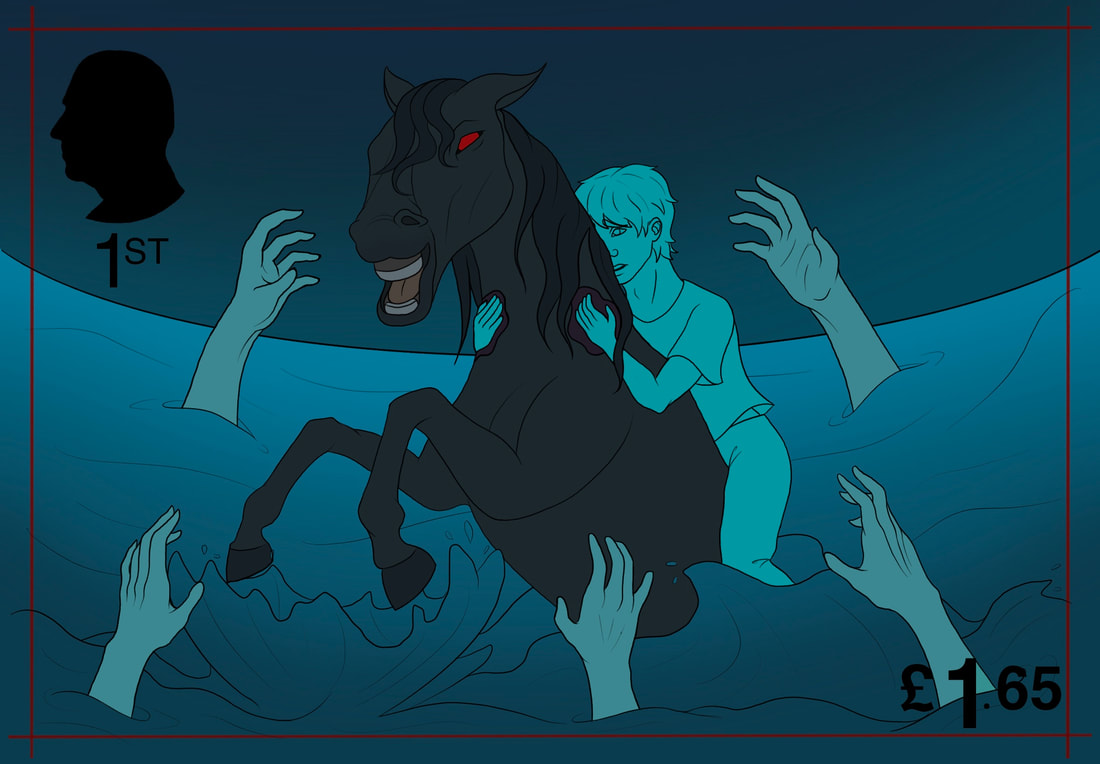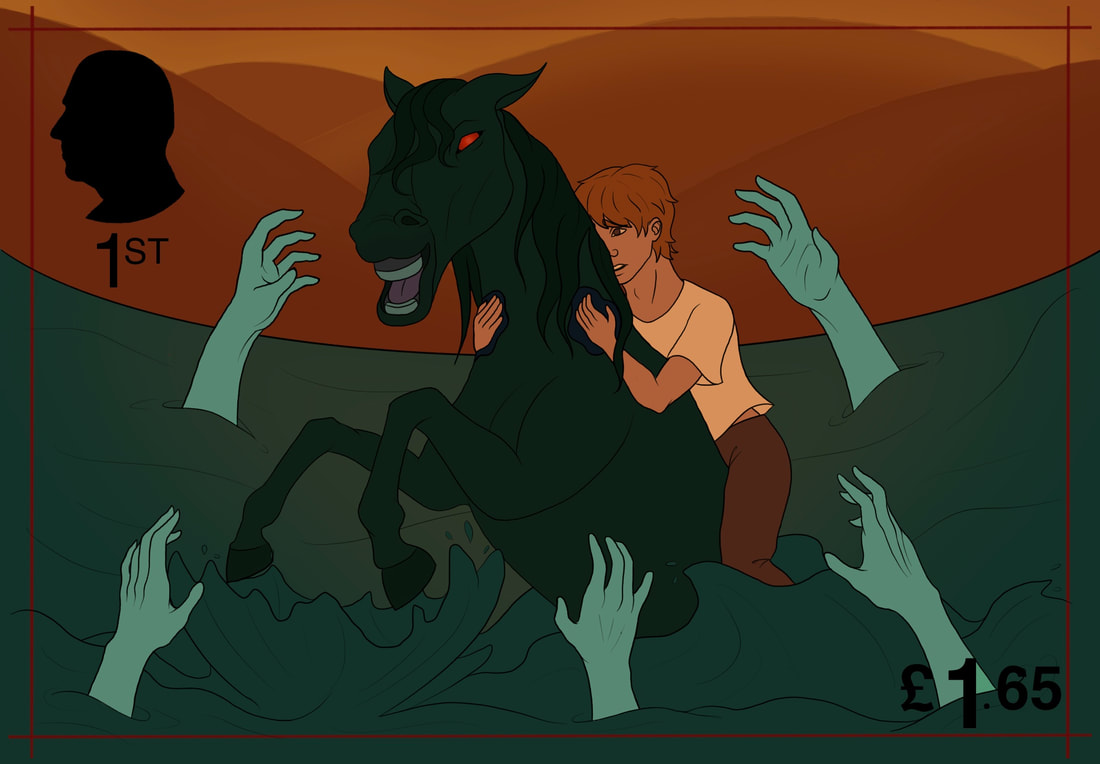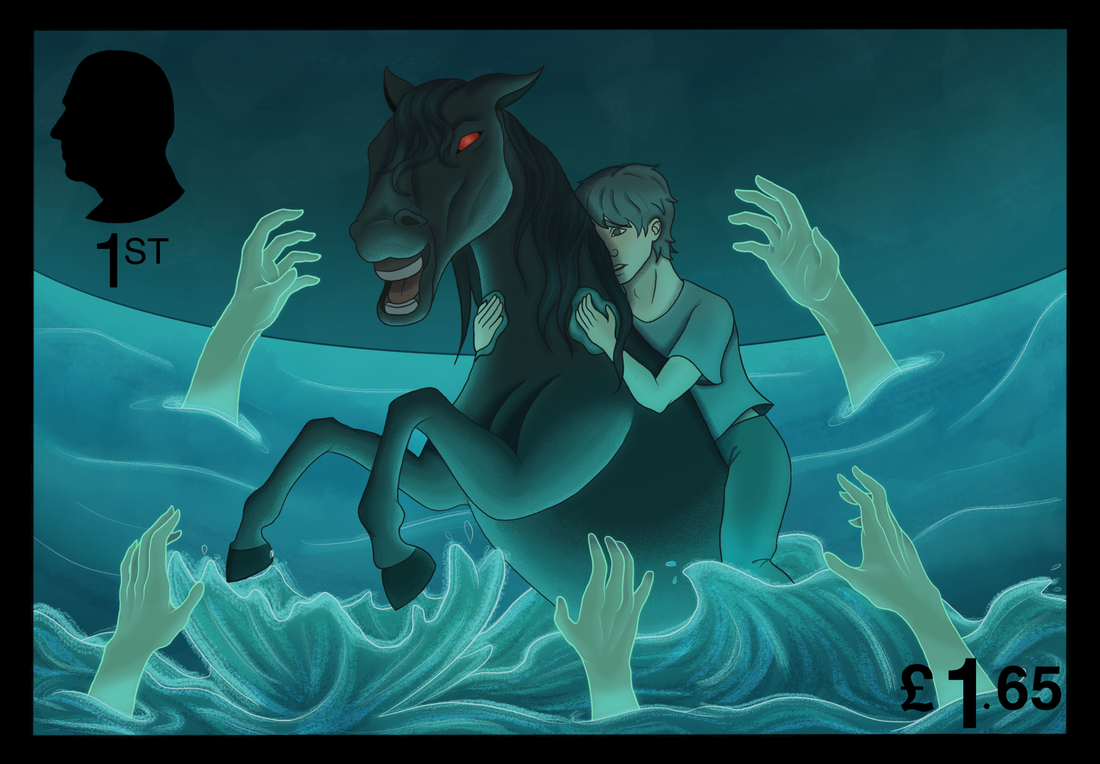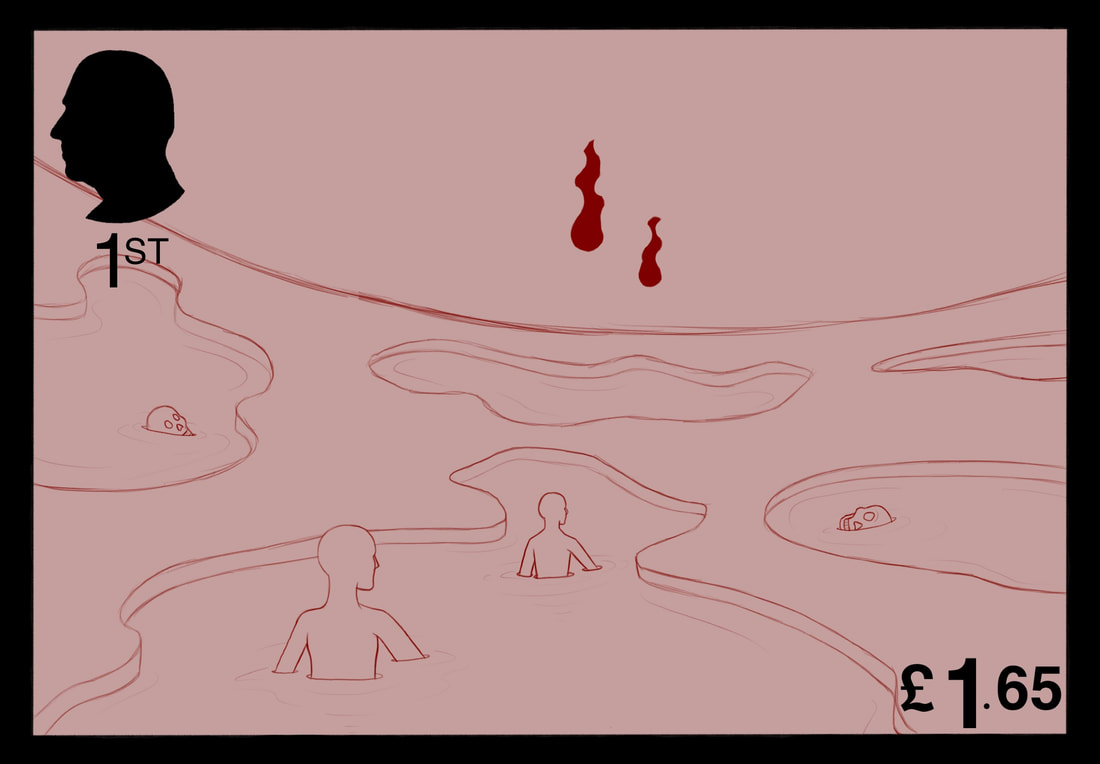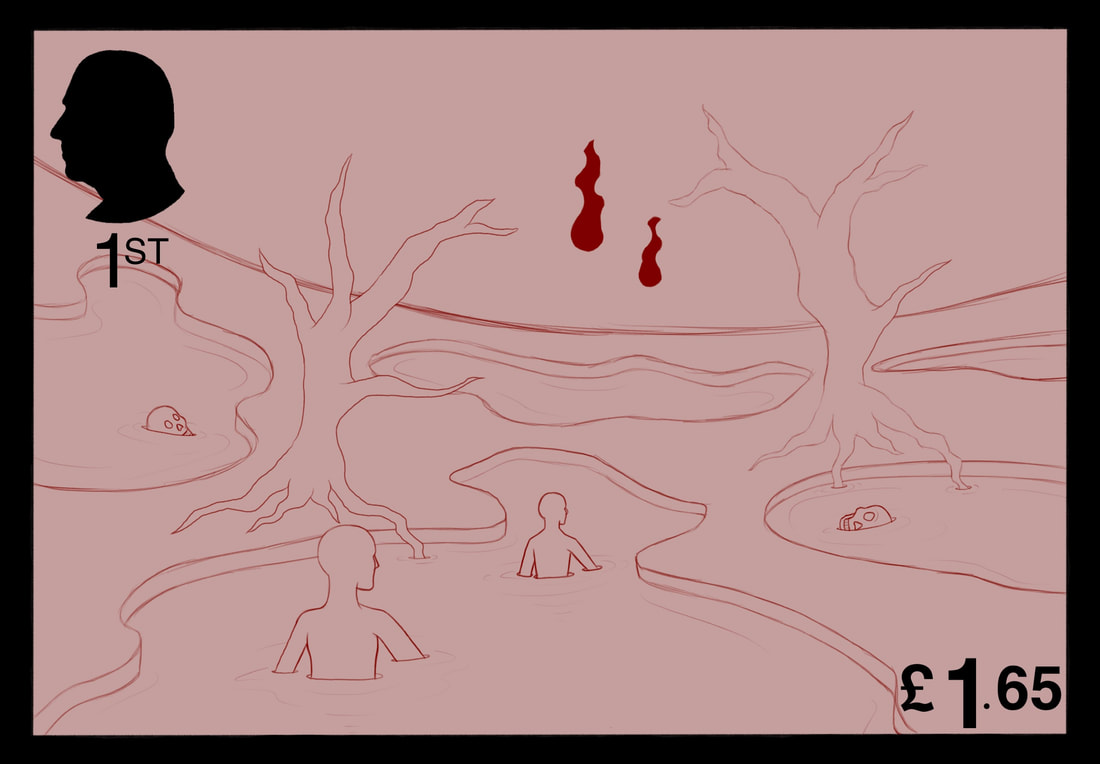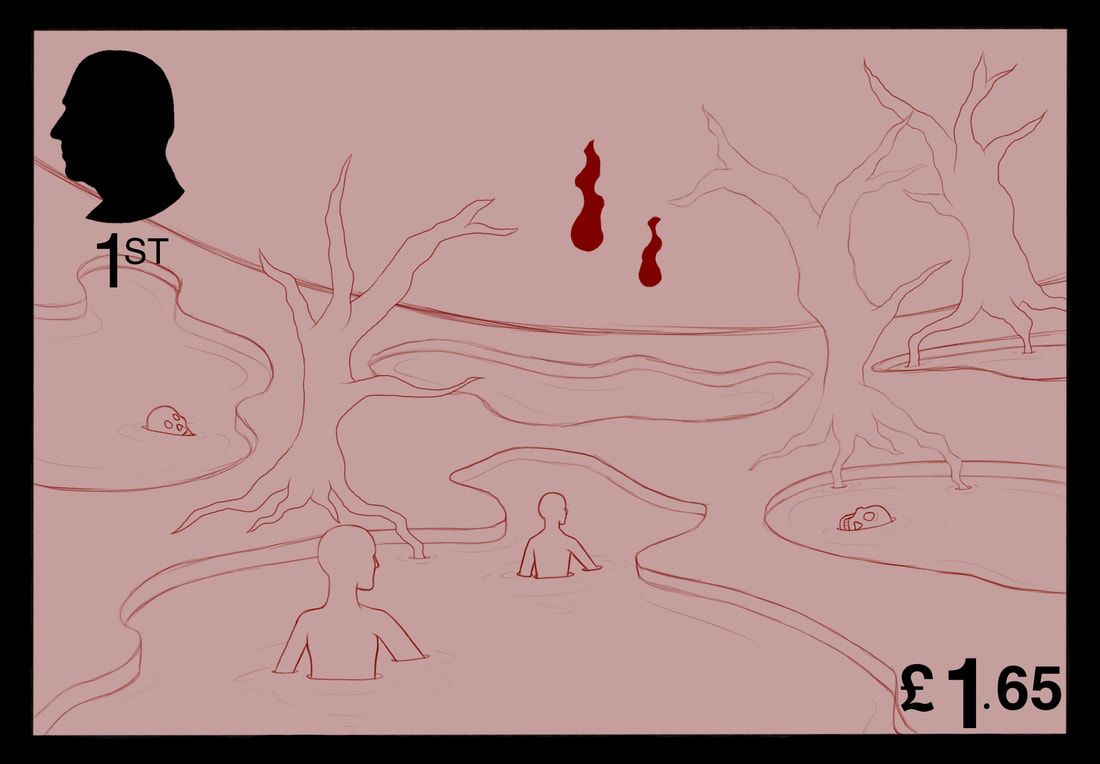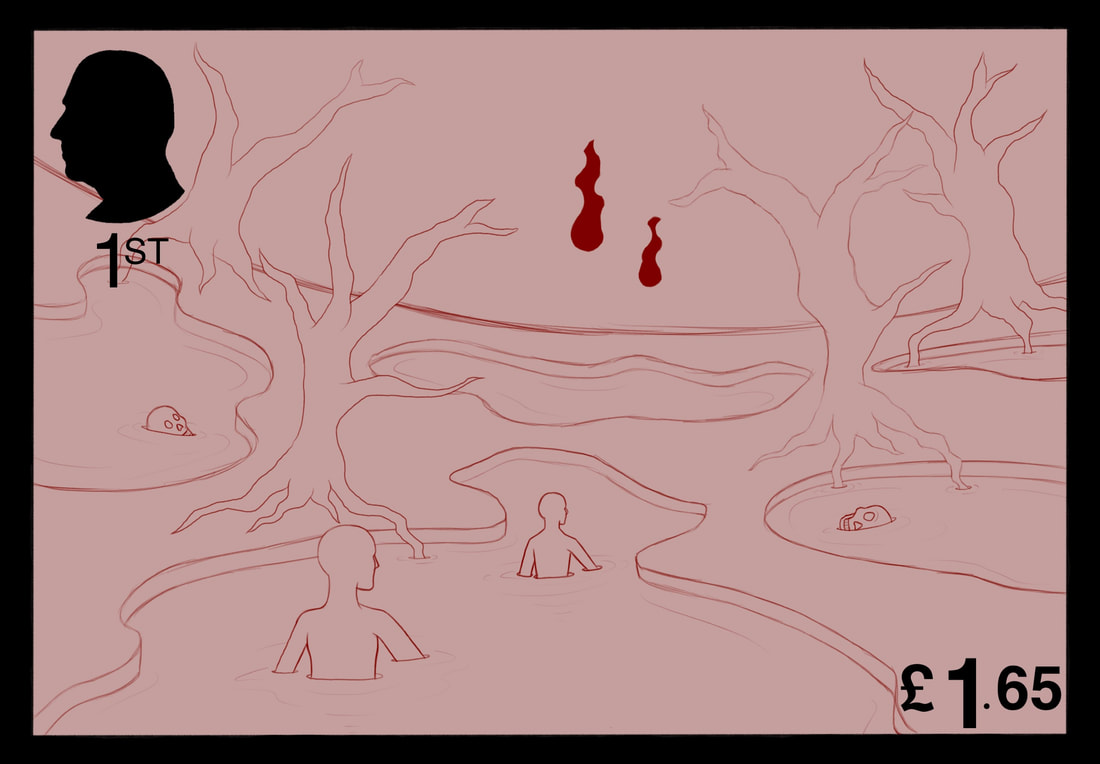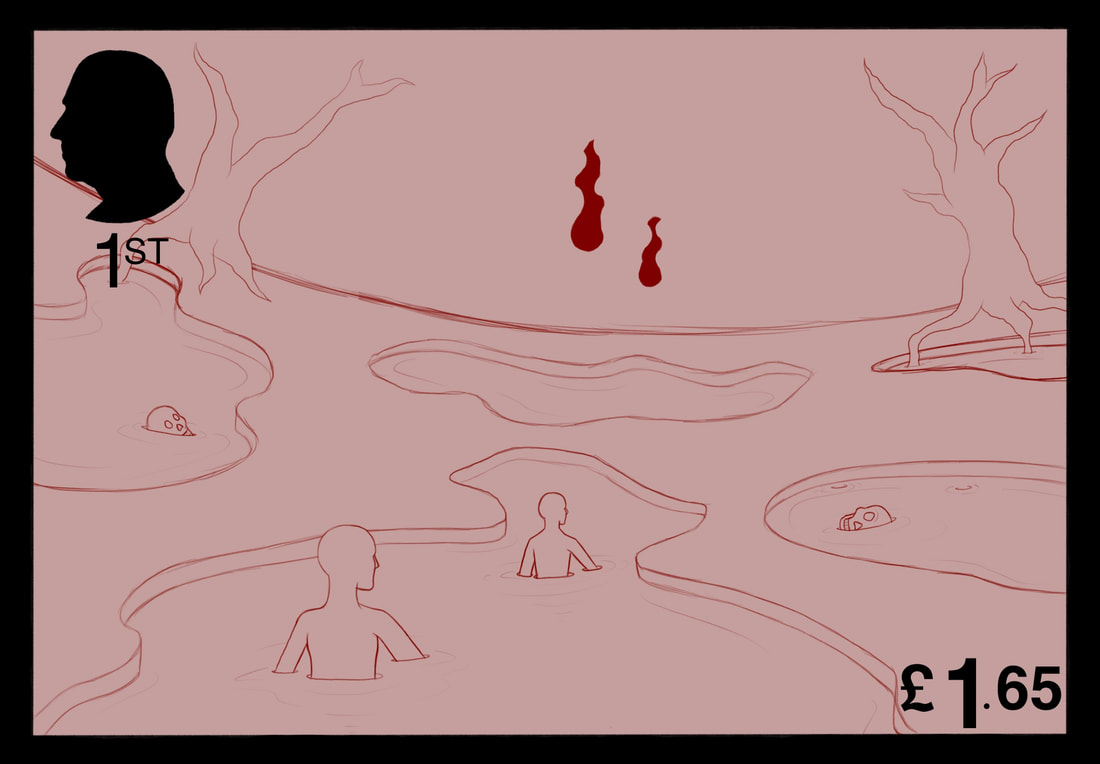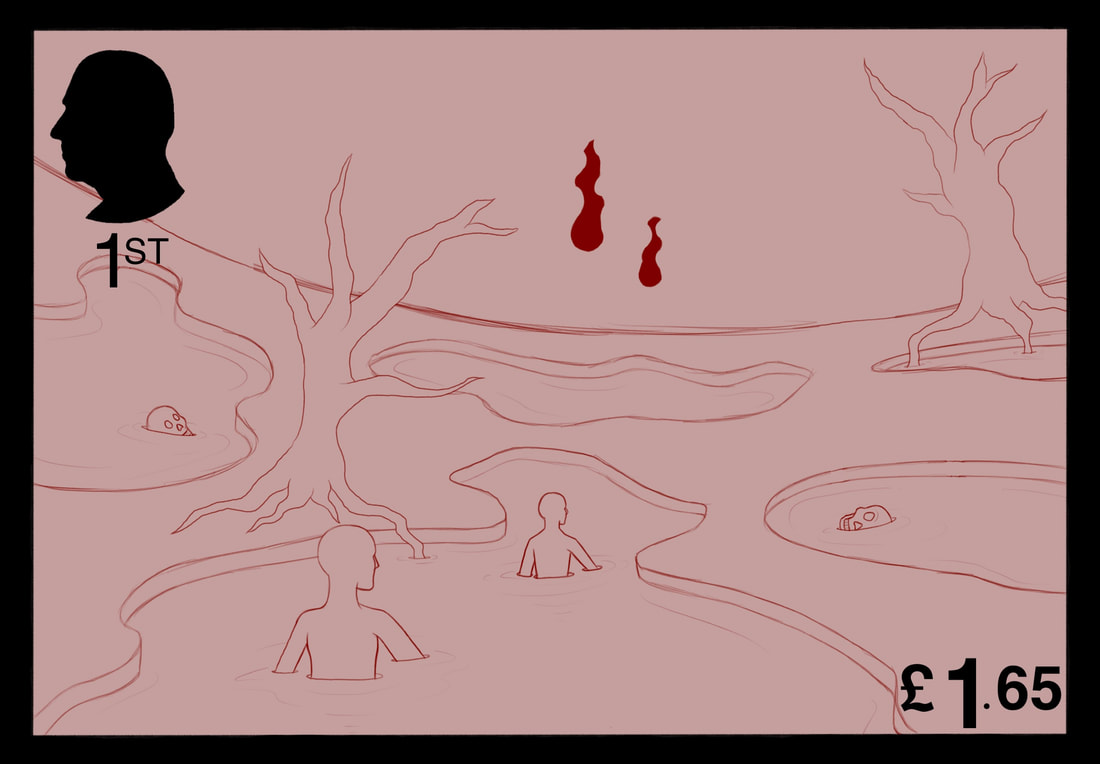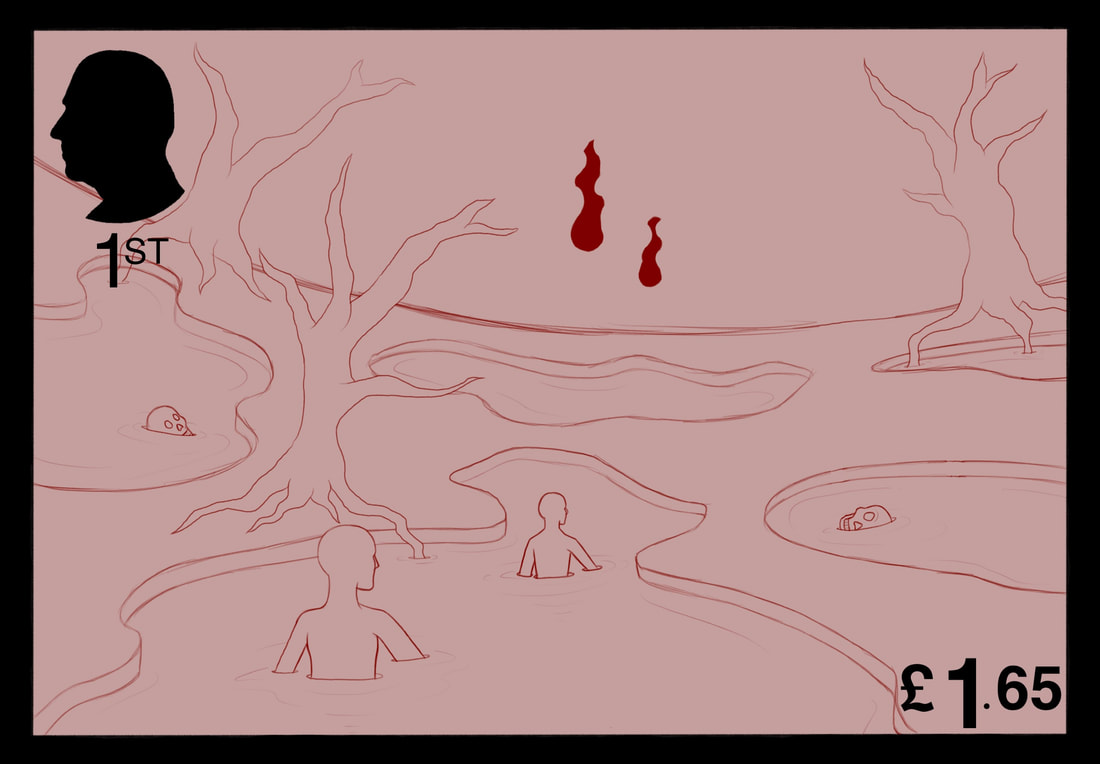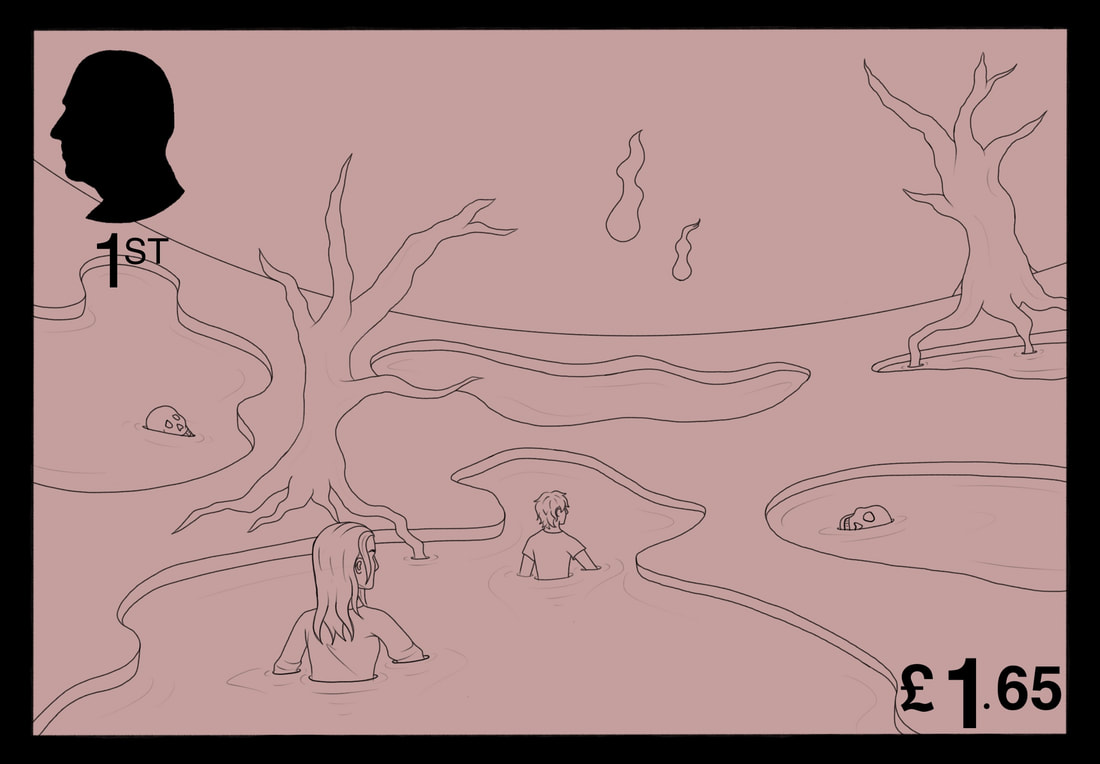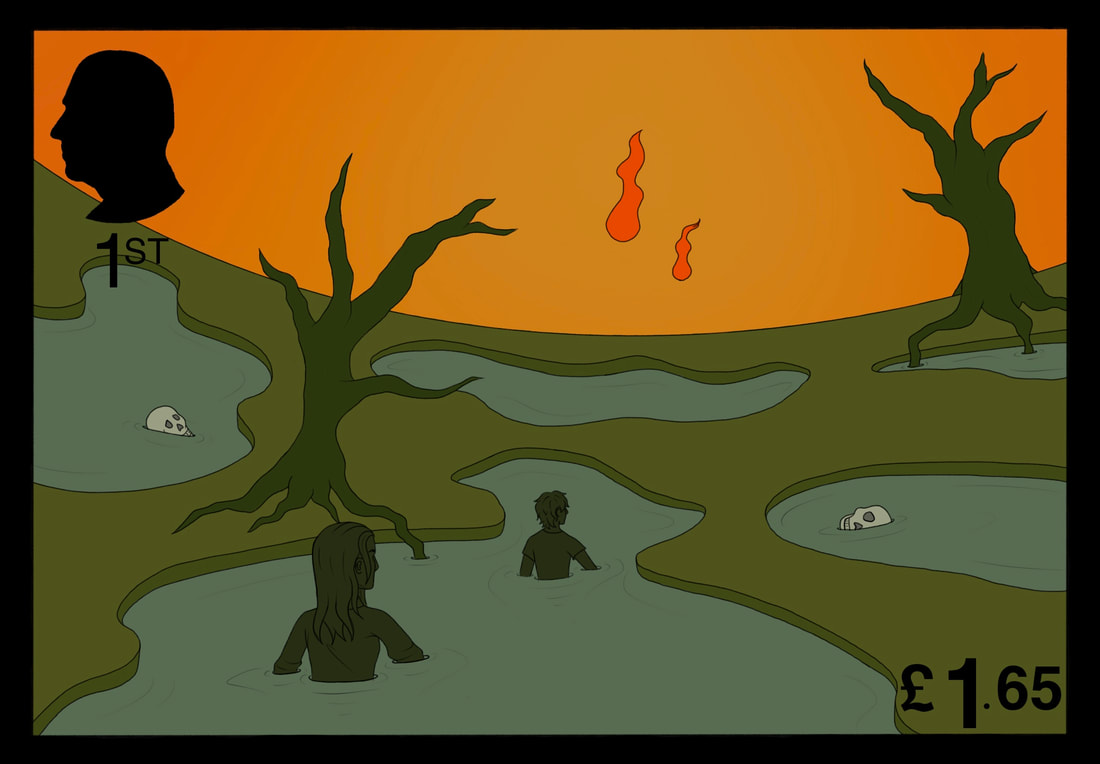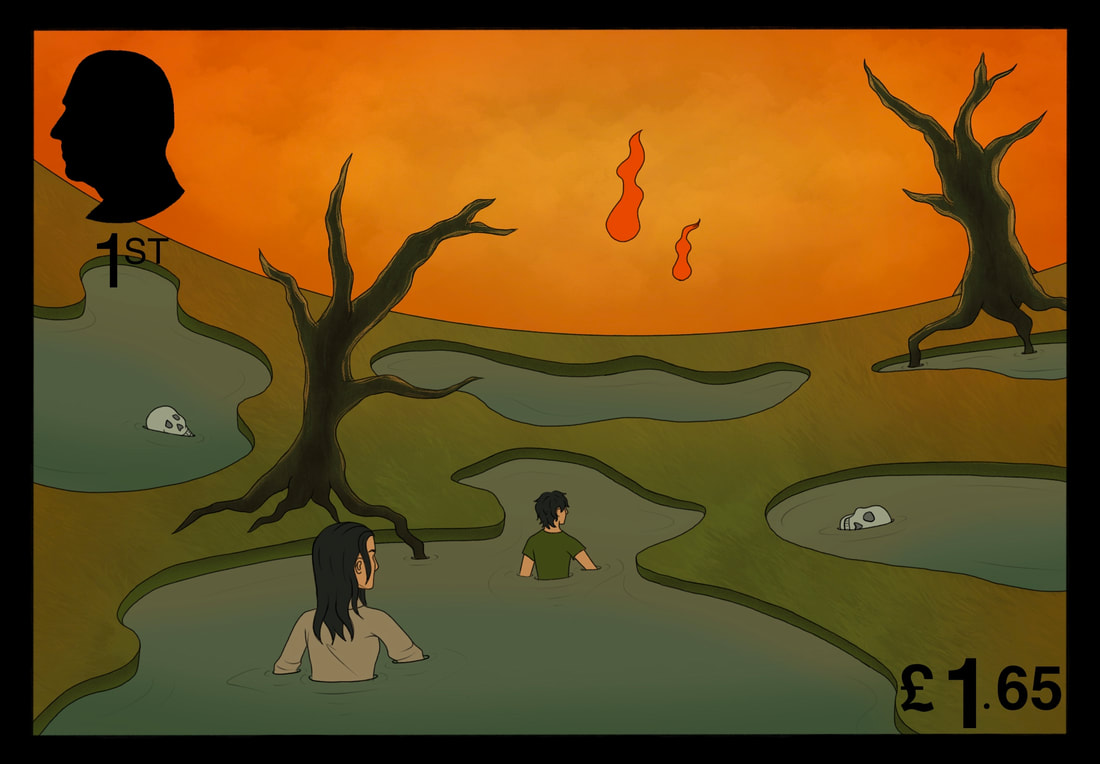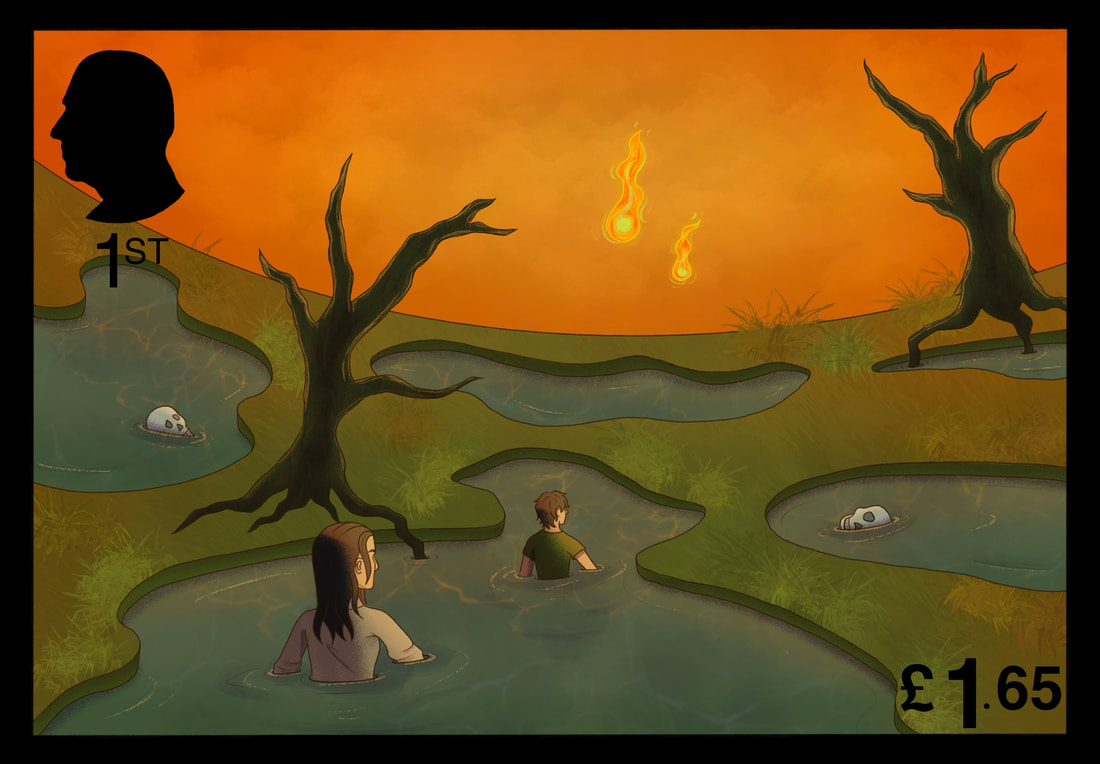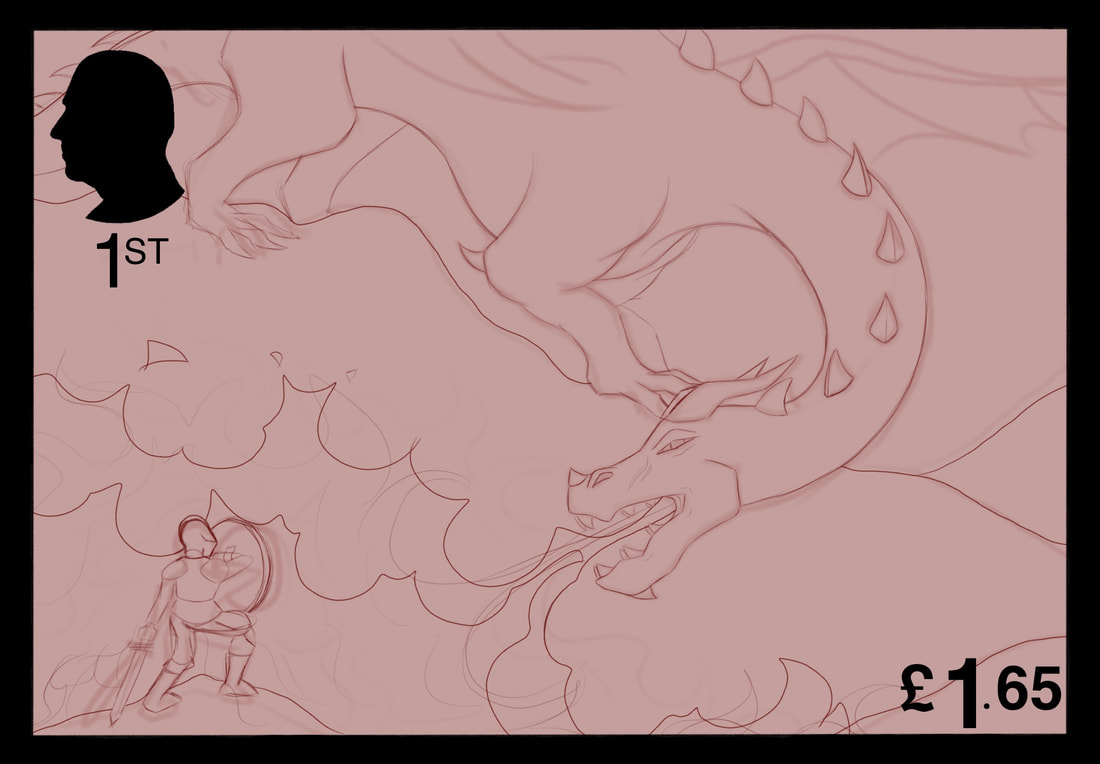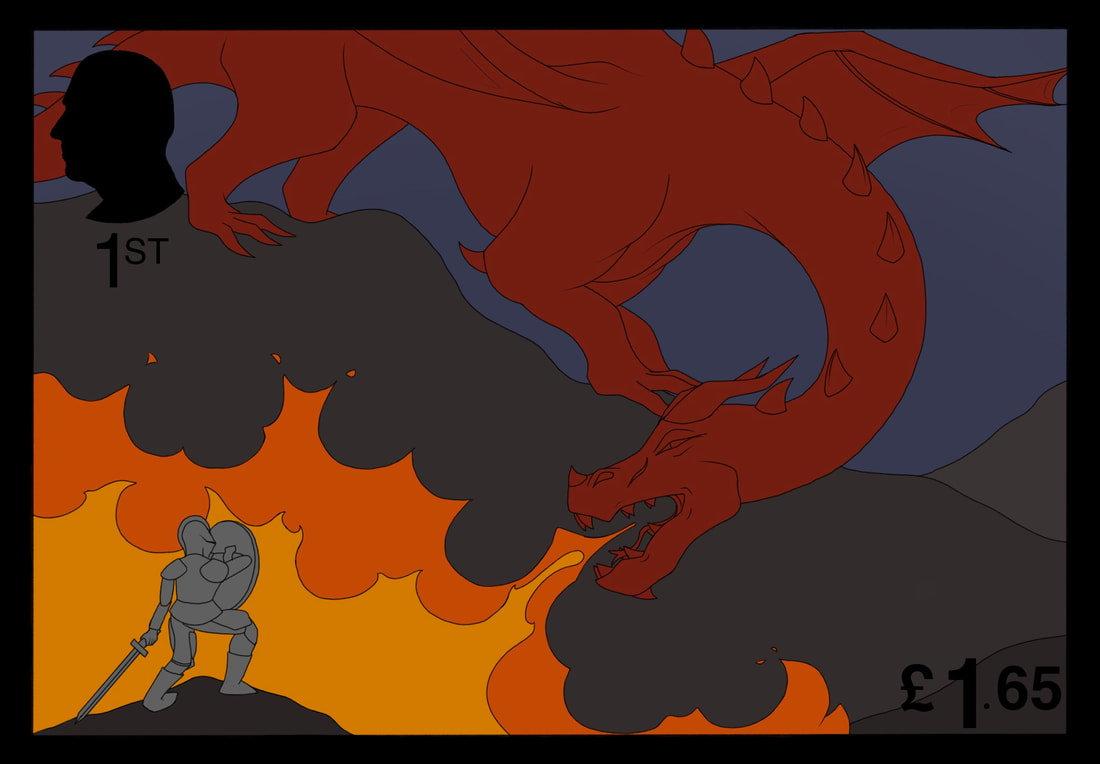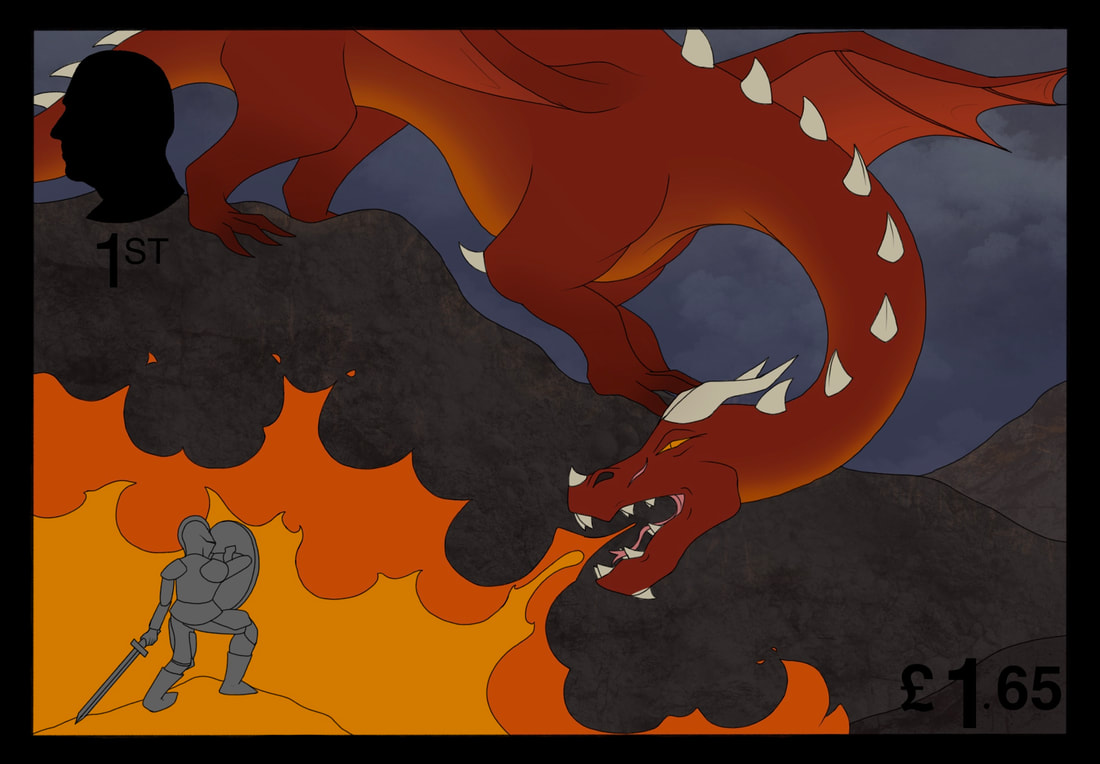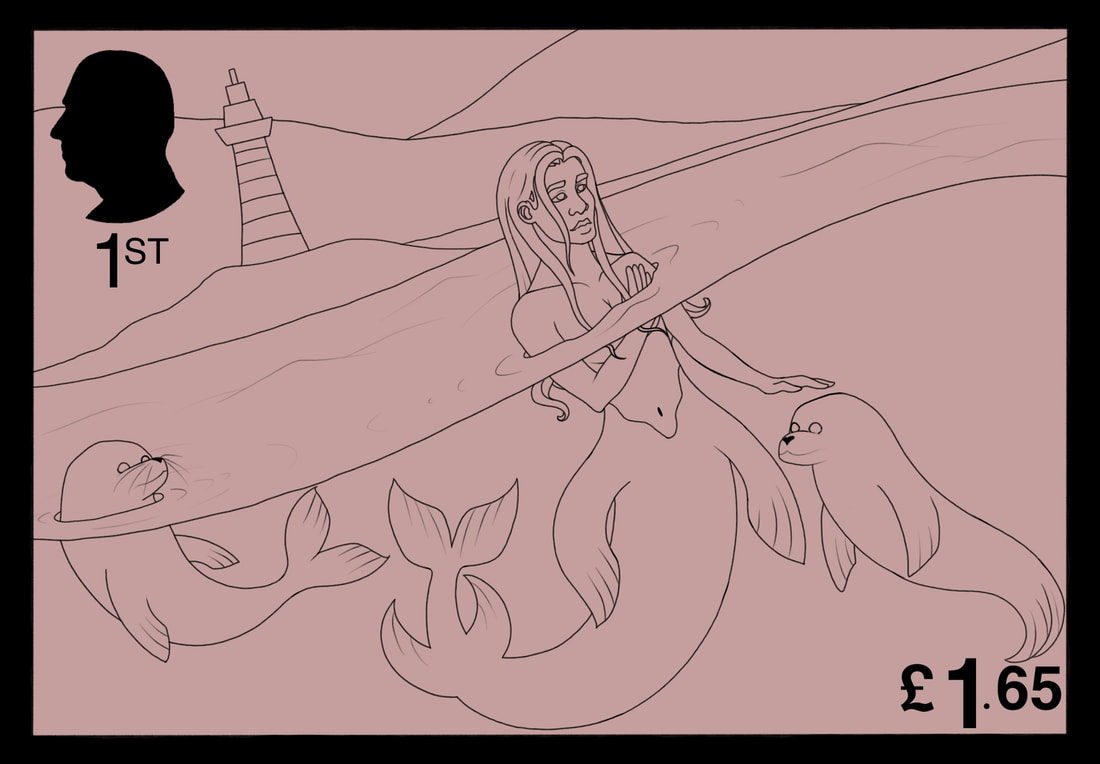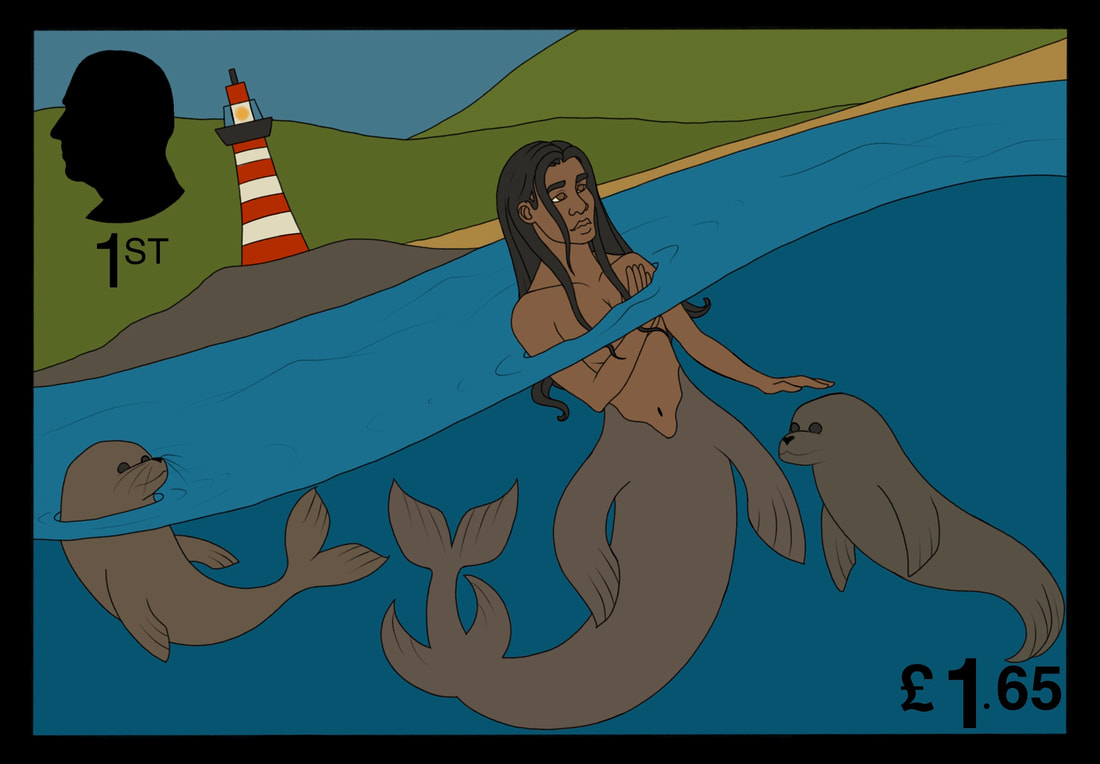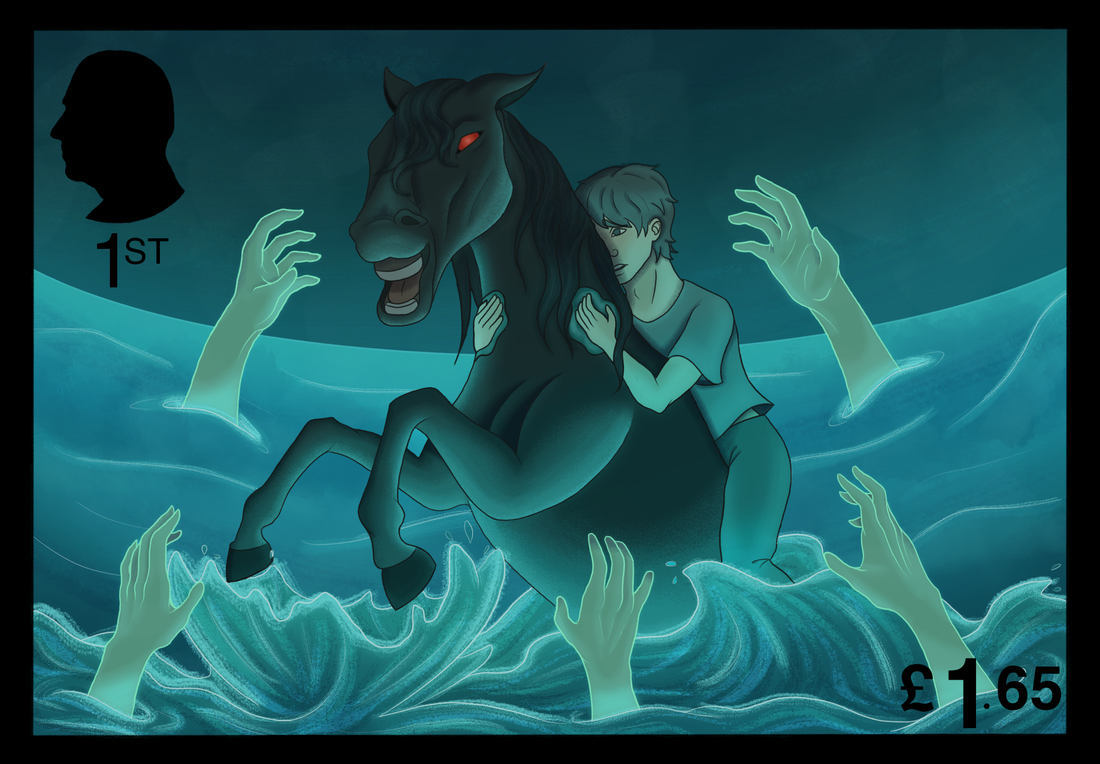Project 1 - Stamps
Brief -
You're being tasked with illustrating a set of 4 stamps commemorating aspect of British History/Culture.
Their print size is 38 x 20 mm (plus 1mm surround of a non printed surface area)
- Stamps should include the monarch's profile
- The stamp should include their monetary value
Outcome -
- 4 thematically and aesthetically related stamps
- Considered presentation method - booklet/folder/backing card
- Work presented via dedicated web page showing research - ideas - development - outcome
Deadline - 16th December
You're being tasked with illustrating a set of 4 stamps commemorating aspect of British History/Culture.
Their print size is 38 x 20 mm (plus 1mm surround of a non printed surface area)
- Stamps should include the monarch's profile
- The stamp should include their monetary value
Outcome -
- 4 thematically and aesthetically related stamps
- Considered presentation method - booklet/folder/backing card
- Work presented via dedicated web page showing research - ideas - development - outcome
Deadline - 16th December
My first initial ideas were such:
1 - Famous British Authors - J.R.R Tolkien, Jane Austen, Roald Dahl, Charles Dickens
Literature has always fascinated me, and I thought it interesting to try and showcase their contribution to British and worldwide culture through a series of stamps.
2 - Classical British Composers - William Byrd, Henry Purcell, Hubert Parry, Edward Elgar
Since this project is mean tot focus on research, I thought it would be a good idea to look into something that I don't know much about, but still interests me. I have always enjoyed classical music, so celebrating these famous British Composers through stamps seemed relevant.
3 - British Wildlife - Foxes, badgers, red squirrels, hedgehogs, osprey, pheasants, owls.
Nature is all around us, and the wildlife of Britain is very unique. I thought a series of stamps illustrating the most beloved and well known animals of Britain could be a fun series to explore.
4 - British Mythological Creatures - Nessie, Kelpies, Selkies, Dragons, Changelings, Black Dogs, Redcaps, Will-o'-the-wisps
- find images of them -
Mythology has always been a deep love of mine, and British mythology is often overlooked for those of other cultures such as Greek, Japanese, or Norse. A series of stamps celebrating this part of Britains cultural history would be incredibly interesting and fun to do, as the nature of the mythology and folklore would lend a type of narrative to the pieces.
5 - National Parks in Fiction
- Yorkshire Dales
Harrow Falls - Robin Hood, Prince of Thieves
Malham Cove - Harry Potter and the Deathly Hallows p2
- Peak District
North Lee's Hall - Inspiration for 'Jane Eyre'
- North York Moores
Helmsley Walled Garden - The Secret Garden
- Dartmoore
Inspired Arthur Conan Doyle - Sherlock Holmes
Inspired Agatha Christie - Poirot
Britains National Parks are one of its most beautiful natural features. Over the years they have inspired many works of narrative and media, and as such it would be interesting to incorporate this into a series of stamp designs, as it would also lend a sense of narrative to the illustrations.
Examples of mythological stamps
Here you can see examples of mythology from other cultures being turned into stamps, including Greece, China, and Jersey.
These showcase that a lot of detail can be included in stamp illustrations, while also still conveying the image despite the small size.
|
In this set of Chinese postage stamps, the artist has used a similar colour palette throughout the entire set. The same dark purples make and appearance in each, visually tying them together as part of a set. The style seems to be imitating traditional Chinese artworks, which were often illustrated with inks. Though these appears to be digital art work, they have included texture within to emulate the traditional styles. |
|
The art for these sets of postage stamps uses a very painterly style. There is heavy use of light and shadow in these pieces, and the illustrator has used a series of bright colours to emphasise the lighting in these stamps. The way that the painting takes up the entire stamp surface area links these together as being part of a commemorative set. |
|
This Greek stamp illustrated the figure of Hermes, the god of messengers with his Caduceus staff and his winged sandals. The only colour in this stamp is the line linework and appears that it has been drawn with ink and a dip pen. The amount of crosshatched detail in this piece proves that stamps do not have to be simple in design or nature. |
British Mythological Creatures
Selkie
|
This series of 10 stamps are from the Faroe Islands, part of the Kingdom of Denmark, depicting The Legend of Kópakonan, which is a well known tale. Created in 2007 by Edward Fuglø, a Faroese artist, who has a wide ranging portfolio from children's books, to production and set design, to an incredible range of stamps. |
The stamps depict the Selkie legend from Mikladalur. A farmers son steals the skin of a young Selkie and forces her to become his wife. Years later, she finds her skin and is able to return to her Selkie husband at sea some time later, the men of the village decide to go seal hunting, and the night before the hunt the Selkie woman returns in a dream to her human husband. She begs him to spare her mate and their two new born pups, and informs him of where they are so they will be recognisable to him. However, instead of sparing him, the man finds and kills her mate and the pups before cooking and eating the meat for supper. In retaliation the Selkie woman returns but in the form of a fearsome she-troll, and warns him of her revenge: men will fall from the cliffs or drown when fishing, until there are enough dead to reach all the way around Kalsoy arm in arm.
On his website, Fuglø writes that "the moral of the story applies as much as ever to the way humans treat nature in out own time... We are most deeply concerned about the threats of global warming and the climatic changes that will follow. The most pessimistic predictions are that nature’s revenge may be far more terrible than the seal-woman’s. Societies fighting for a cleaner environment and more respectful treatment of nature could perhaps make use of this Faroese legend in their campaigns."
Types of seals
"Many of the folk-tales on selkie folk have been collected from the Scottish Northern Isles of Orkney and Shetland. In Orkney lore, selkie is said to denote various seals of greater size than the grey seal; only these large seals are credited with the ability to shapeshift into humans, and are called "selkie folk". The type of large seals that might have been seen on the islands include the Greenland seal (also known as the Harp Seal) and the crested seal (also known as the hooded seal). Something similar is stated in Shetland tradition, that the mermen and mermaids prefer to assume the shape of larger seals, referred to as Haaf-fish."
"Many of the folk-tales on selkie folk have been collected from the Scottish Northern Isles of Orkney and Shetland. In Orkney lore, selkie is said to denote various seals of greater size than the grey seal; only these large seals are credited with the ability to shapeshift into humans, and are called "selkie folk". The type of large seals that might have been seen on the islands include the Greenland seal (also known as the Harp Seal) and the crested seal (also known as the hooded seal). Something similar is stated in Shetland tradition, that the mermen and mermaids prefer to assume the shape of larger seals, referred to as Haaf-fish."
Grey seal
|
|
The grey seal, known by its scientific name Halichoerus Grypus, is a type of seal often found on both shores of the Atlantic ocean.
They are protected in Britain under the Conversation of Seals Act 1970, as well as in Northern Ireland under the Wildlife order 1985, and in Scotland under the Marine Act 2010. The grey seal can be distinguished from the smaller common seal by its larger size and longer head with more of a sloping nose profile. Mainly grey in colour, they have a unique pelt pattern of darker blotches and spots that can also be used to identify individual seals. Their scientific name means hook-nosed sea pig. Grey seals can grow up to 2.6 meters in length and weigh up to 200-300 kg, while they can live to be up to 30-40 years old. There are many grey seal colonies on and around the coats of the UK and Ireland. These include Blakeney Point in Norfolk, Donna Nook in Lincolnshire, the Farne Islands off of the Northumberland Coast, Lambay Island off the coat of Dublin, Ramsey Island off the coat of Pembrokeshire coats, and Orkney and North Rona off of the Scottish Coast. These seal colonies could be responsible for the multitude of selkie myths that have developed in Orkney in Scotland. |
Harp Seal
|
|
The harp seal, known by its scientific name Pagophilus Groenlandicus, is a species of seal native to the northernmost Atlantic Ocean and Arctic Ocean.
Young harp seals are known for having fluffy white fur, which is highly valuable and has drawn hunters to the breeding grounds in Newfoundland, the Greenland Sea, and the White sea. This means that the harp seal remains the most commercially important seal, with hundreds of thousands killed each year. An average harp seal lives around 20 years, grows up to 2 meters long, and can weigh from between 115kg to 140 kg. The pelt of a mature harp seal is silvery grey, with black harp or wishbone shaped markings dorsally, while an adolescent has a silver grey coat spotted with black. |
Hooded Seal
Depictions of Selkies
Kelpie
Since the Kelpie is a Scottish legend, I have decided to look at types of Scottish horse breeds.
Clydesdale
|
|
The Clydesdale is a Scottish breed of draughts horse, named after it area of origin, the Clydesdale or valley of the River Clyde in Lanarkshire.
Traditionally used for draught power both in farming and in road haulage due to its large and powerful build, it is now primarily used as a carriage horse. Many Clydesdale's were taken for use in WW1, resulting in a drop in its numbers, as well as the increasing rate of mechanisation in agriculture. In the 1970's, the Rare Breeds Survival Trust considered the breed to be venerable to extinction, though thankfully numbers have since increased slightly. The Clydesdale horse stands between 162cm-183cm (16 to 18 hands) high, and weighs between 820-910 kg. Though they are usually bay in colour, black, grey and chestnut colourations also occur. Most have white markings on their face, feet, legs, and occasional body spotting, as well as having extensive feathering on their lower legs. The breed has a straight facial profile, broad forehead and a wide muzzle, as well as being well muscled with an arched neck, high withers, and a sloped shoulder. Many buyers tend to pay a premium for black or bay horses, especially those with the desired four white legs and facial markings. |
Highland Pony
|
|
The Highland Pony is a native Scottish pony, one of the three native breeds of the Scottish Highlands and Islands. Traditionally used for driving, trekking, and general riding, they were once workhorses in both the Scottish mainlands and the islands. One of the largest mountain and moorland pony breeds, its pedigree dates back to the 1800's. Despite increasing in popularity, the breed is categorised as "at risk" by the Rare Breeds Survival Trust.
They are hardy and tough ponies, originally bred for farm work such as hauling timber and game, as well as ploughing. Though still used for this work, they are also good for jumping and trekking due to their quietness, stamina, and ability to carry weight. The Highland Pony stands between 132cm-147cm (13 to 14.2 hands) high, and over the years has adapted to the variable and often severe climatic and environmental conditions of Scotland. Often seen in a range of dun shades, they can also be grey, seal brown, black, bay, or a shade of liver chestnut. Often, they also have a series of primitive markings which include a dorsal stripe and zebra markings on their legs, as well as a transverse shoulder stripe. The head of a Highland us well carried and alert, with a broad muzzle and a deep jowl. They often have a kindly nature and an even temperament. |
Eriskay Pony
Eriskay Pony
|
|
The Eriskay Pony is a native Scottish Pony, one of the three native breeds of the Scottish Highlands and Islands. The breed developed in ancient times in the Hebrides of Scotland, on the island of Eriskay, and a small population remained pure and protected from crossbreeding due to the remoteness of the islands.
Often used for light draught work, driving, many equestrian disciplines, and as a mount for children due to its easy going temperament, the breed is considered "critical" by the rare breeds Survival Trust. This means there are less than 300 or fewer breeding females registered in the world today. There are two breed registries for the Eriskay Pony, one of which, Comann Each nan Eilean - The Eriskay Pony Society, has the Prince of Wales as society patron. The Eriskay Pony stands between 122cm-137cm (12-13.2 hands) high. They have a thick waterproof winter coat which helps protect them from the harsh climate, with a thick mane and tail. Usually grey in colour, they can also be bay or black, and those with darker colourations often have a light coloured muzzle and a ring around their eye. Their head is large with a wide forehead, and their neck and shoulders are well muscled. Originally the breed had a fairly large population, though the numbers were reduced in the 19th century due to crossbreeding with larger horses such as Arabs and Clydesdales for draught work. They were also bred with the Norwegian Fjord to produce the Highland Pony. In addition to the domesticated ponies, there is a small herd of Eriskay ponies living in a feral state on the Holy Isle, which is owned by the Samye Buddhist Center for World Peace and Health who operate a policy of non-intervention, allowing the ponies to live without human interference. |
Garron Pony
|
The Garron pony is a type of highland pony, originating from Scotland. It is the larger, heavier type that is typically bred on the mainland, while the ones bred on The Isles are generally smaller and slightly finer.
They are typically used in farming, especially in the Highlands and Islands were using a full-sized Clydesdale would not have been appropriate or economical. Garrons are valued for being hardy, as well as having a good ability to work on slopes. Because of this, they are used on deer-stalking estates to bring stags off of the hills where normal vehicular transport may not be practical. |
Depictions of Kelpies
Dragon
Monsters: A Bestiary of the Bizarre
1 - Konrad Dielitz - Seigfried Slaying Fafner c.1880
2 - The constellations Draco and Ursula Minor, from the anonymous Urania' s Mirror, engraved by Sidney Hall, c 1825
3 - Giuseppe Archimboldo, drawing of a dragon, 1585. Uffizi, Florence.
4 - Paolo Uccello, St George and the Dragon, 1458-60 (detail). Musee Jacquemart-Andre, Paris.
5 - Russian icon of St George, 19th century. Perdue University Galleries.
6 - Raphael, St George and the Dragon, 1504. Musee du Louvre, Paris.
Types of lizards
Komodo Dragon
|
|
The Komodo dragon is the largest surviving species of lizards, originating from the Indonesian island of Komodo, Rinca, Flores, and Gili Motang.
The Komodo dragon can grow up to 10ft long, can weigh up to 150lbs, and live up for 30 years. Due to its huge size, they are apex predators who dominate the ecosystems they live in. They hunt and ambush prey including invertebrates, birds, and mammals, utilising their venomous bite to attack. They have also been known to attack humans. Young Komodo dragon are vulnerable and dwell in trees to avoid predators, such as cannibalistic adults. They are listed as "endangered" by the IUCN red List, as well as being protected under Indonesian law. Komodo National Park was founded in 1980 to aid protection efforts. The tail of the Komodo dragon is as long as its body, as well as about 60 frequently replaced, serrated teeth that can measure up to an inch in length. It has a long, yellow, deeply forked tongue, and its skin is reinforced by armoured scales which contain tiny bones that function as sort of a natural chain mail. The rugged hide makes the Komodo dragon skin a poor source of leather. |
Saltwater Crocodile
|
|
Crocodiles are large semiaquatic reptiles, typically found throughout the tropics in Africa, Asia, the Americas, and Australia. Although they look similar, crocodiles, alligators and the gharial belong to separate biological families. All crocodiles are semiaquatic and tend to congregate in freshwater habitats such as rivers, lakes, wetlands and sometimes in saltwater too. They feed mostly on vertebrates such as fish, reptiles, birds and mammals, and because all crocodiles are tropical in nature they are very sensitive to cold.
The Saltwater Crocodile is native to India's east coast, Southeast Asia, and the Sundaic region of northern Austrailia and Micronesia. It lives predominantly in saltwater habitats and brackish water. It is also the largest living reptile known, able to grow up to 21ft in length and weigh up to 1,000-1300 kg. The Saltwater Crocodile is listed as "Least Concern" on the ICUN Red List, though it is threatened by illegal killing and habitat loss. A large and opportunistic hyper-carnivorous apex predator, the saltwater crocodile ambushes most of its prey and then drowns or swallows it whole. It is considered dangerous to humans and it can also prevail over other apex predators such as sharks that enter into its habitats. |
Flying Lizard
|
Flying Lizards are a type of agamid lizards capable of gliding flight by using membranes that may be extended to create wings, created by an enlarged set of ribs. Found across Southeast Asia and Southern India, they are commonly found in forests, areca gardens, teak plantations and shrub jungles.
They are not capable of powered flight, but they can glide and obtain lift on the course of their flight. Their glides can be as long as 200ft, over which they only loose 33ft in hight considering that they only measure 20cm in length. |
Will-o'-The-Wisp
Depictions of Will-o'-the-Wisp
Initial sketches
Here I made some initial and quite rough mock ups of a few concepts for the stamps. I drew these without having done much research, and i am looking forwards to seeing how these ideas refine and develop with the more information and knowledge I can gather.
|
I initially very roughly coloured in the thumbnails while trying to stick to a relevant colour palette for each creature; selkies get a cool blue, kelpies are a eerie green, dragons are warm red and oranges, and the will-o'-the-wisps are a muted earthen green. I also converted the rough colours to greyscale to see if they are readable only through tone, but as you can see, some pieces tend to fade into themselves without proper visual distinction. I know this is something that I must keep in mind while figuring out potential colours later on in the process. |
Initial thumbnails
It was here that I began focusing on developing more thumbnail ideas for each of the different stamps. I had not conducted a large range of research into different aspects of the mythological creatures of Britain, so these sketches should be more refined and knowledgeable than the ones before.
Kelpie
|
Here I sketched out some more ideas regarding the Kelpie. I tried to incorporate other aspects of the myth into the illustrations but I don't know how successful I was. After some conferring with my tutor I know know I need to focus more on dynamic composition, which I will focus on in later sketches. |
Selkie
|
Here I sketched out the rough thumbnail ideas for the Selkie stamps. I attempted to convey a narrative or story through the sketches, as well as sticking to a more neutral palette for the colours, as I feel that it fits more with the sea based theme. I still need to work on making the composition more dynamic as well.
|
Dragon
|
Here I drew up some ideas regarding dragons, making sure to include sketches of single and multiple dragons in one stamp. A lot of them are red and white in reference to the dragons seen in a myth about Merlin, though i did include some of other colours to test out their visuals. I took a lot of references from birds for the poses and compositions, but I know I still need to push the dynamics even further. Some of the colours are a bit brighter in comparison to the previous thumbnails I have sketched, but this can be rectified in the further developmental stages. |
Will-o'-the-Wisp
|
Here I drew out some designs for the Will-o'-the-wisp designs. I tried to push the dynamics and perspectives of this piece more as it is mostly landscape, which doesn't have as much fluid moving parts as the other creatures.
I tried to create both a creepy and whimsical vibe with the colours as the wisp can be both a force of good and bad, a metaphors for dreams and desires as well as a lure into dangerous places. |
Thumbnail developments
Kelpie
After some feedback from my tutor, I have realised that I need to make some changes to the piece. I need to move the horse to the center to help get rid of the triangle of empty space on the right hand side of the stamp. I can also play with the waterline and the arrangement of the hands in the water reaching upwards.
I also need to make the kelpie look more aggressive, which I can achieve by moving its ears back and opening its mouth to make it appear more violent in the water.
I also need to make the kelpie look more aggressive, which I can achieve by moving its ears back and opening its mouth to make it appear more violent in the water.
Dragon
Selkie
Will-O'-The-Wisps
Here I played with some hand placements.
Here, I produced a few different colouration options for the final piece. I tried a series of different colour themes which produced different atmospheres in the illustration, before I eventually decided to settle on the centre piece.
Final four
Stamp backing - rough






